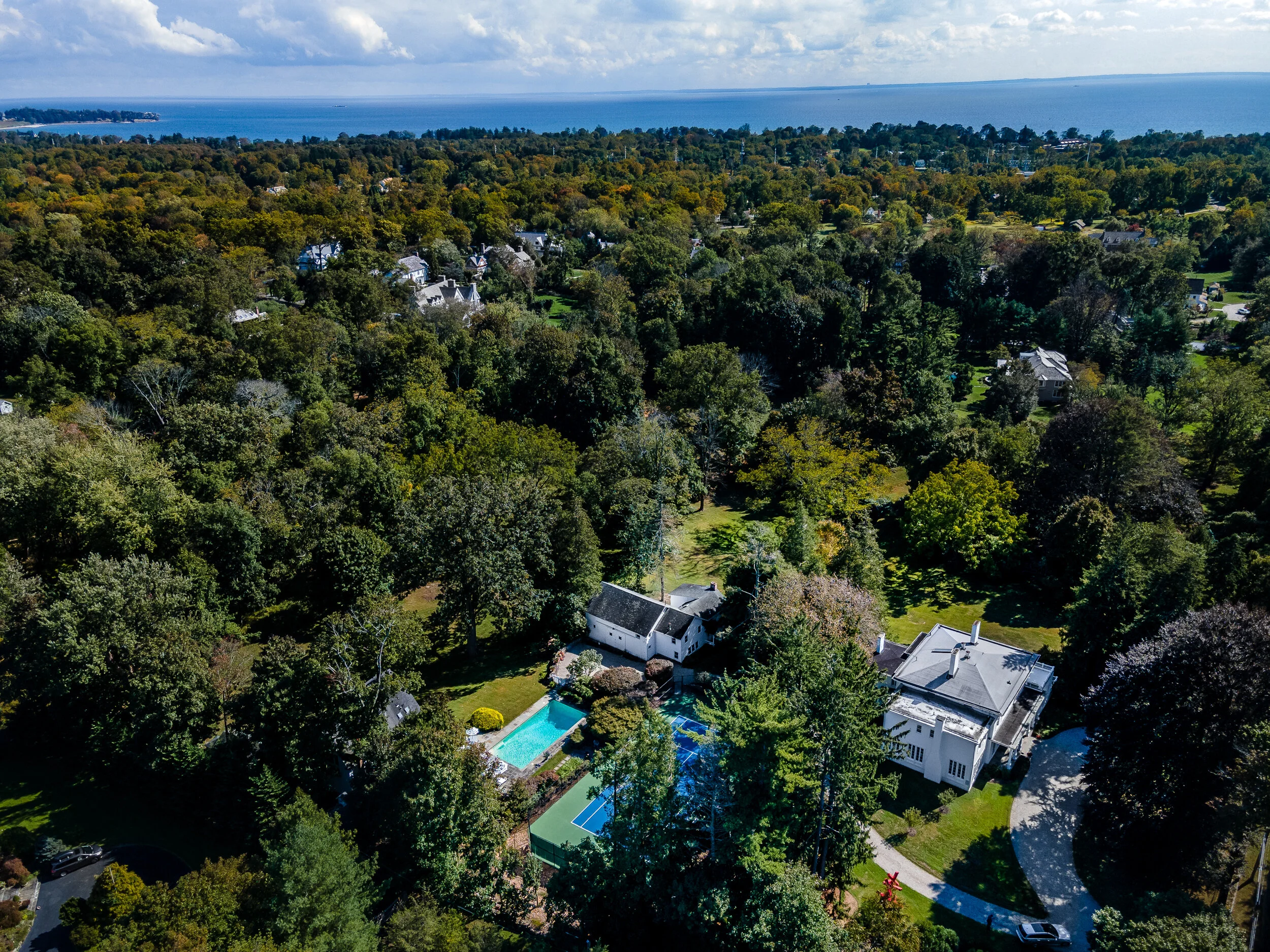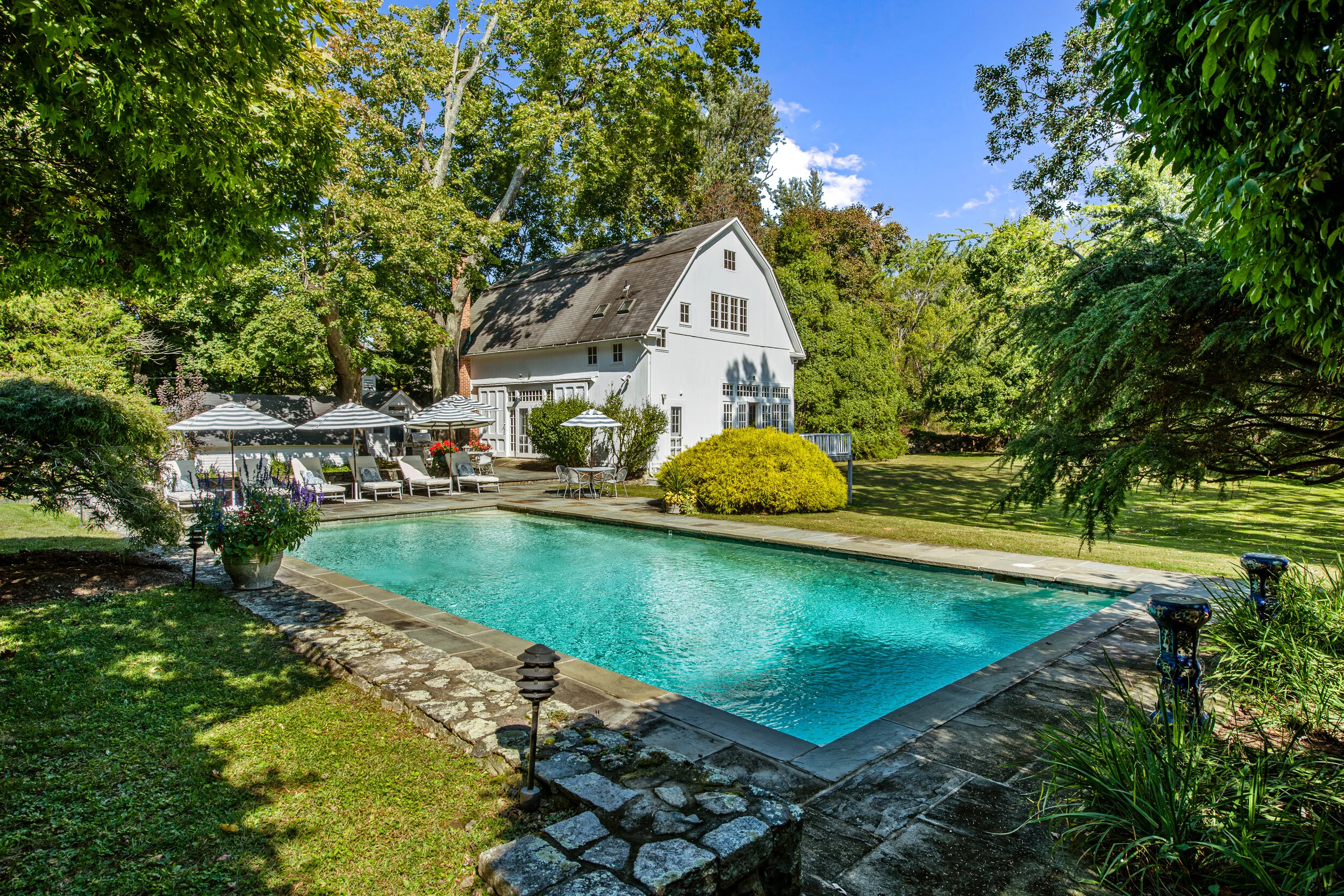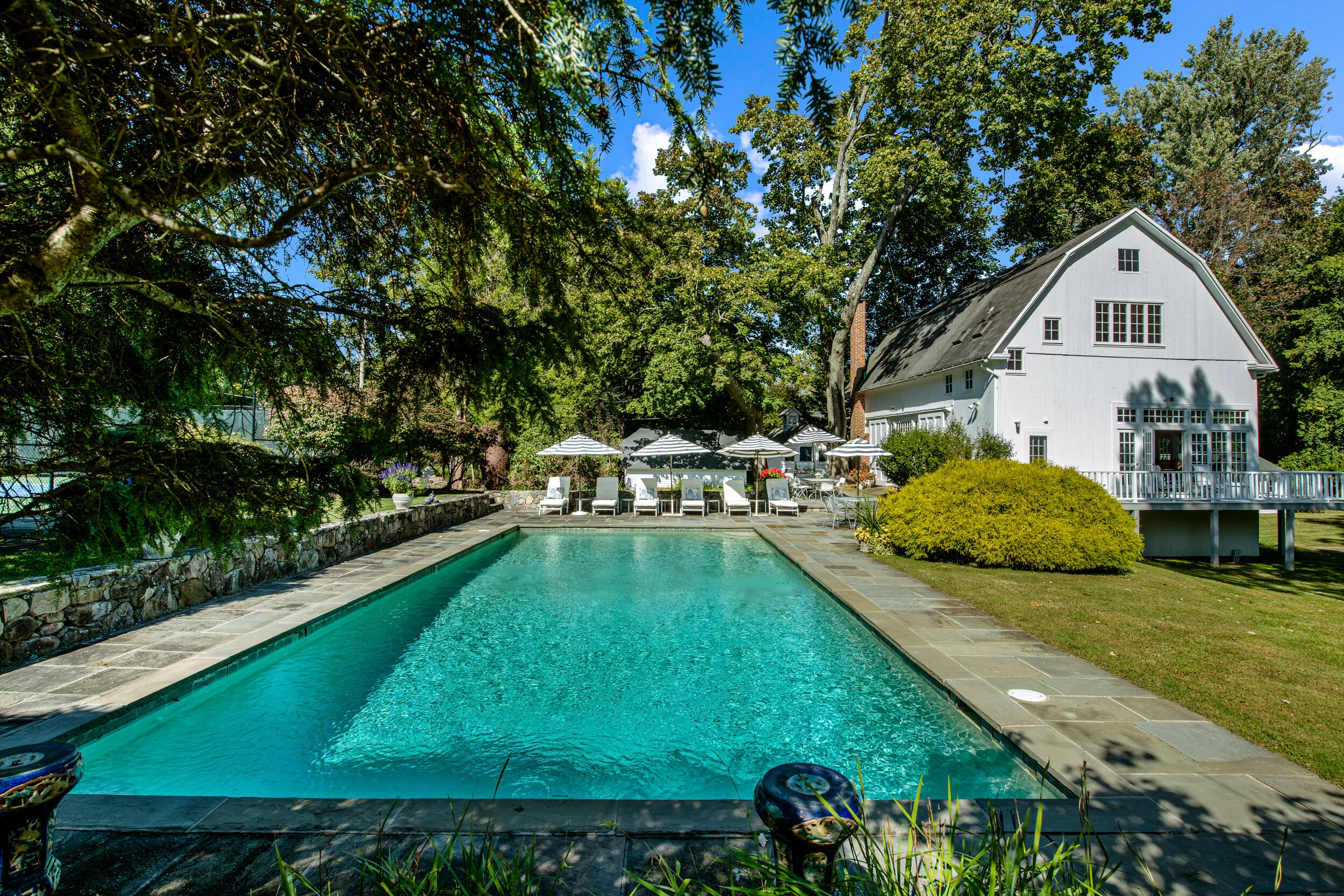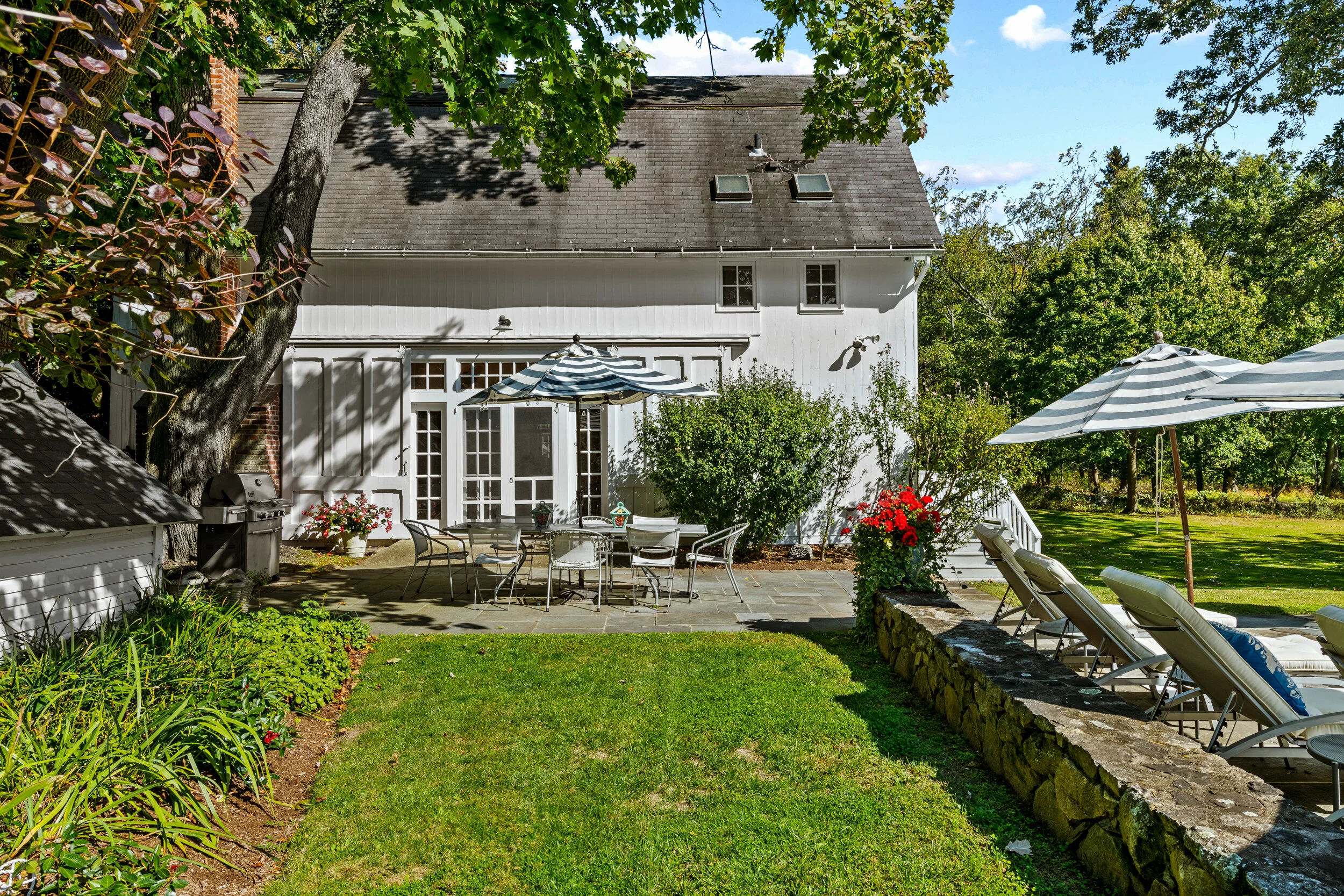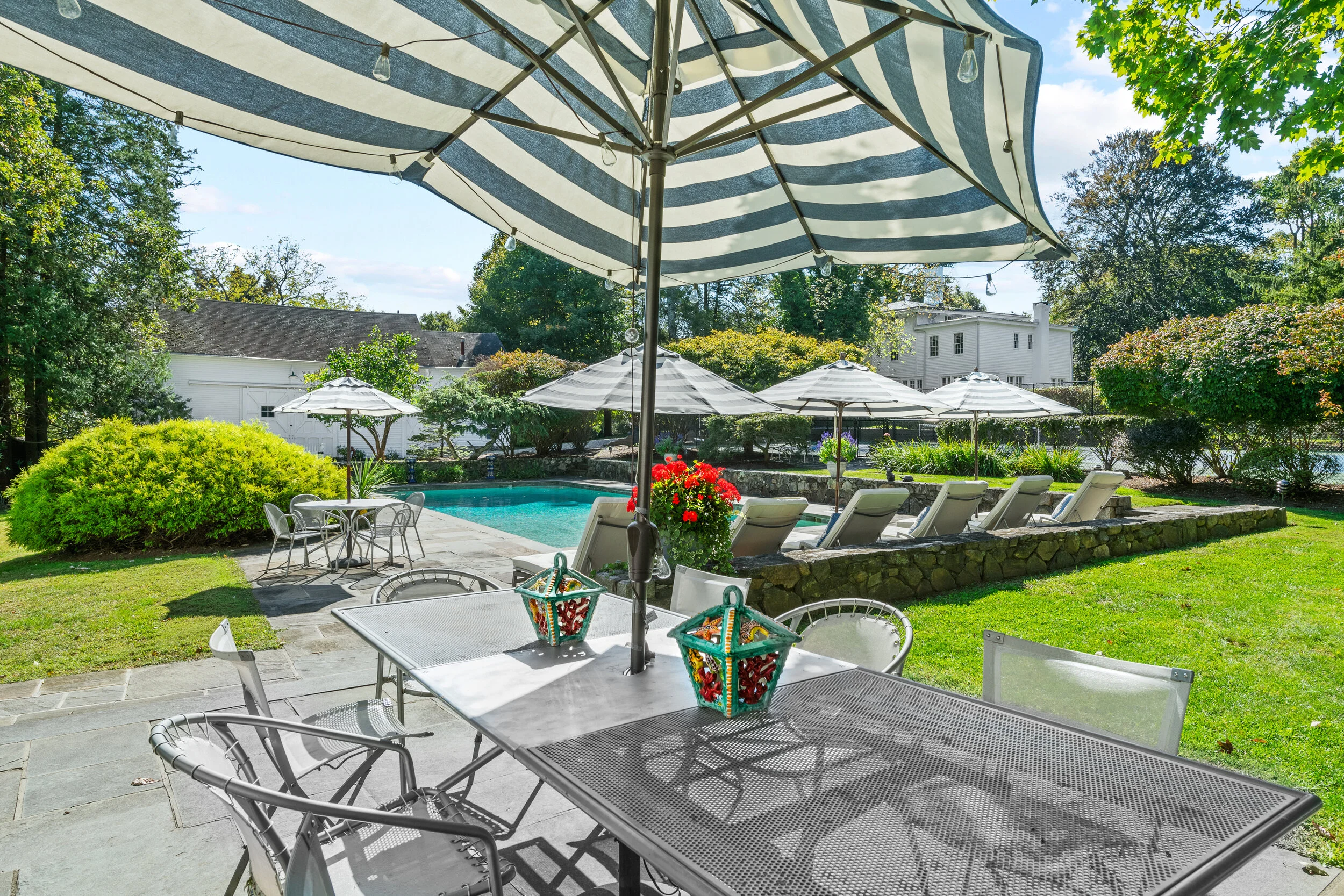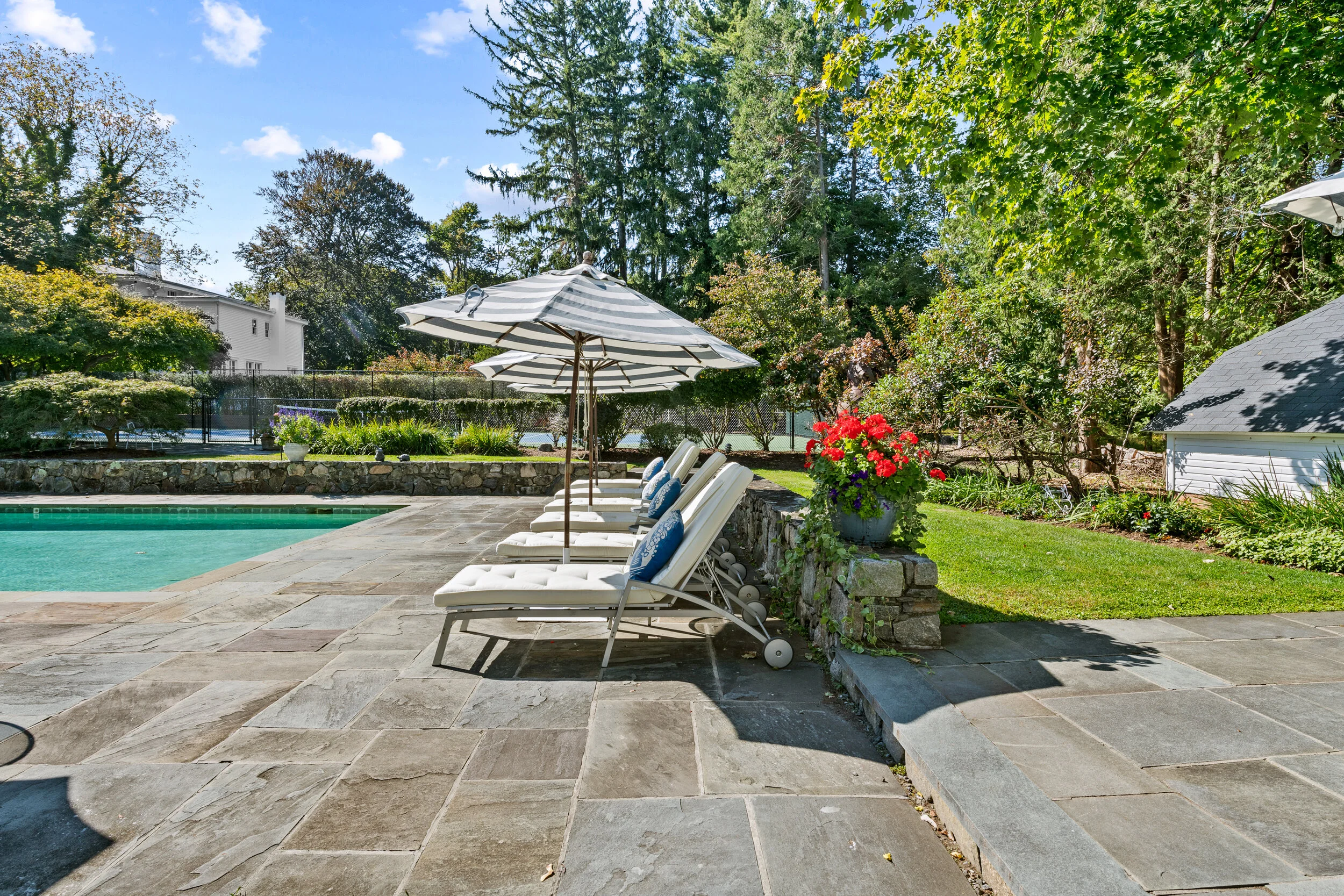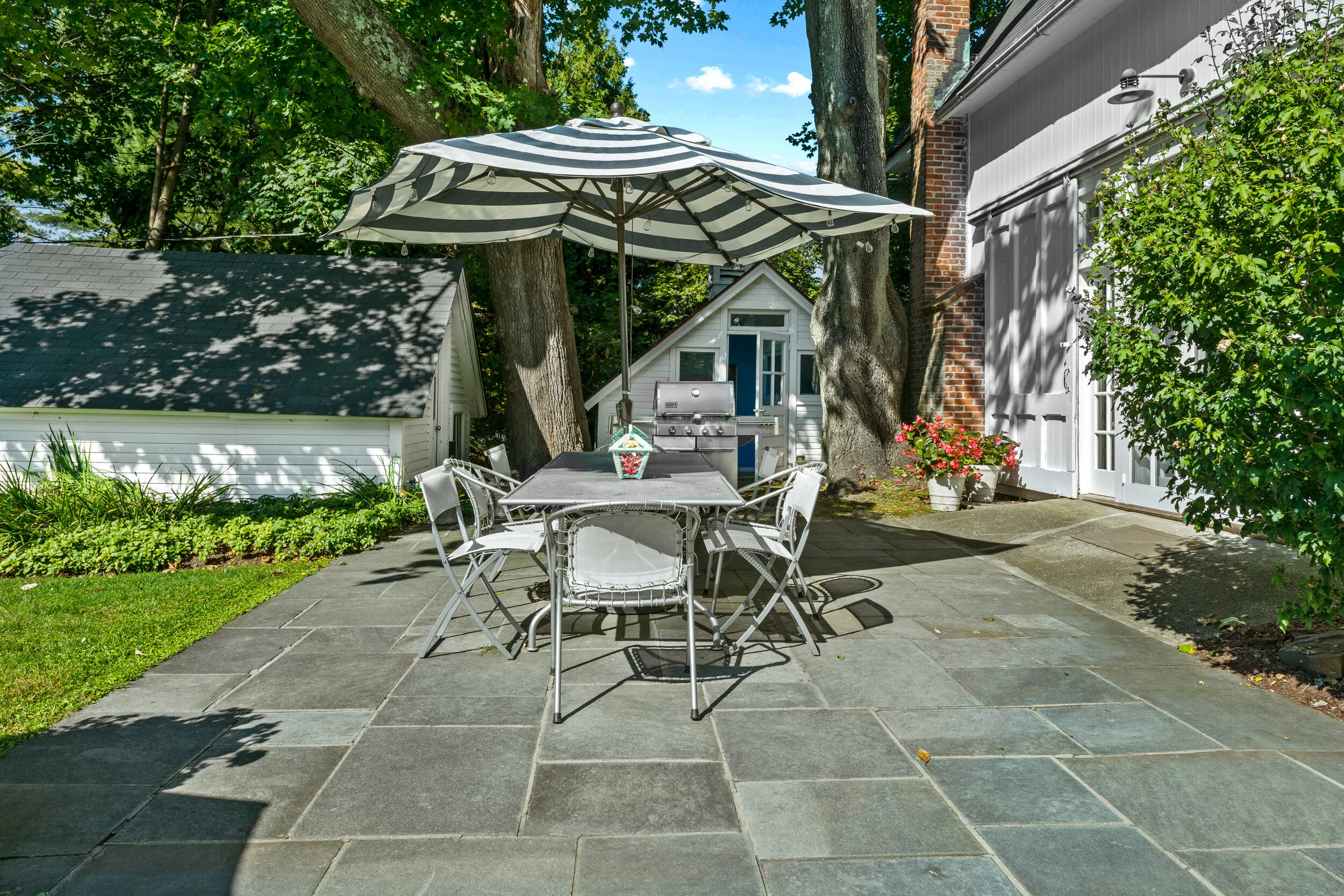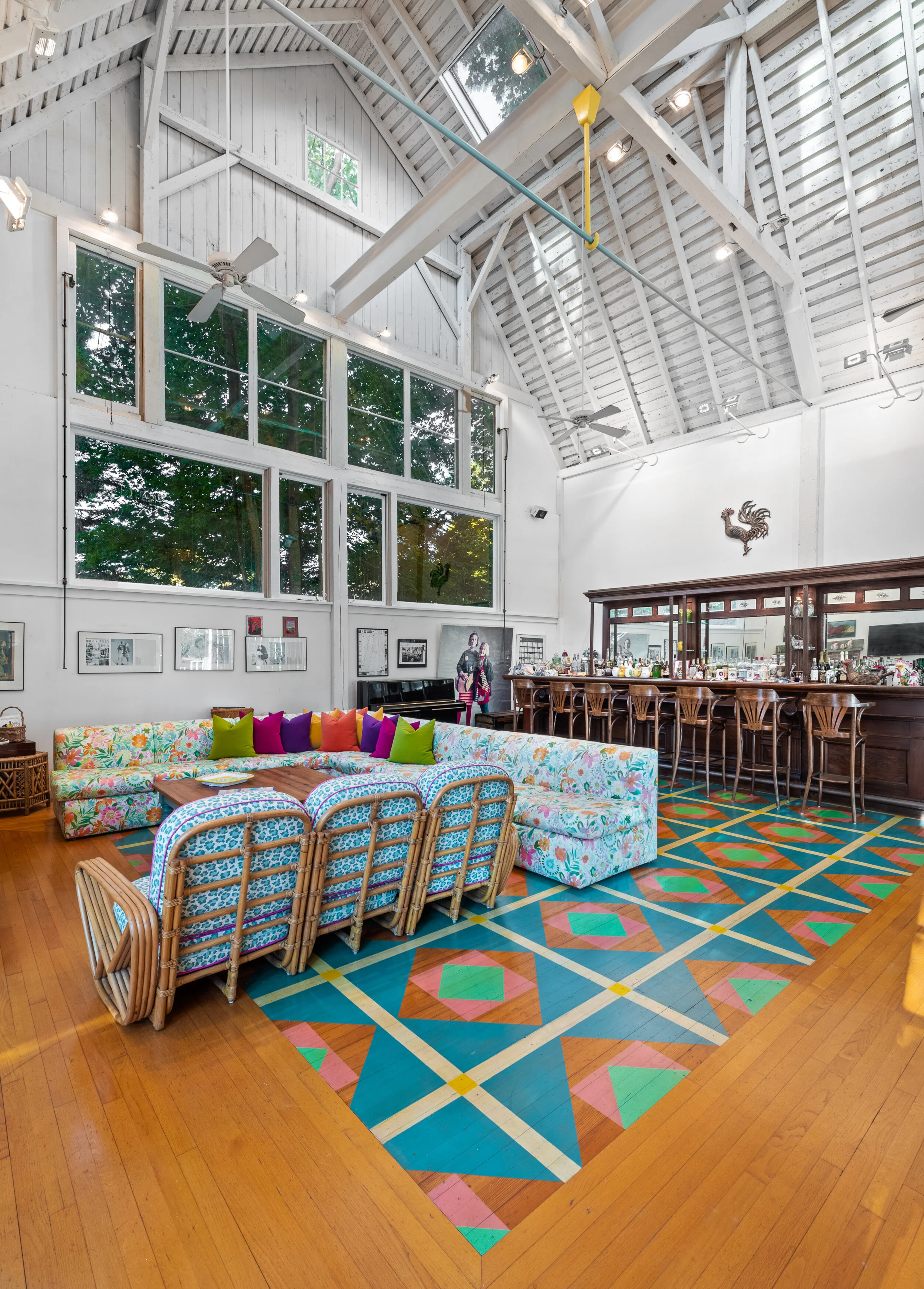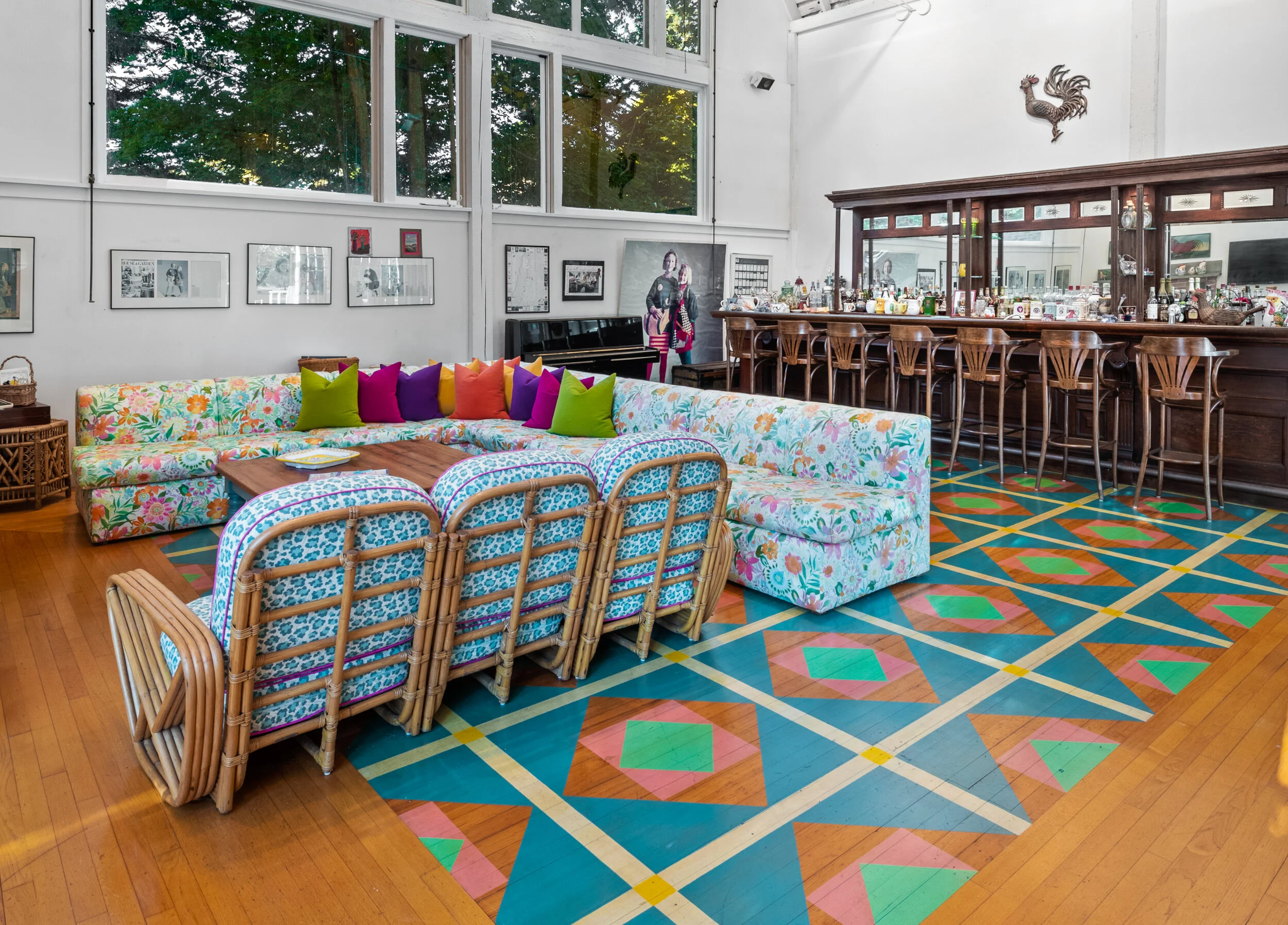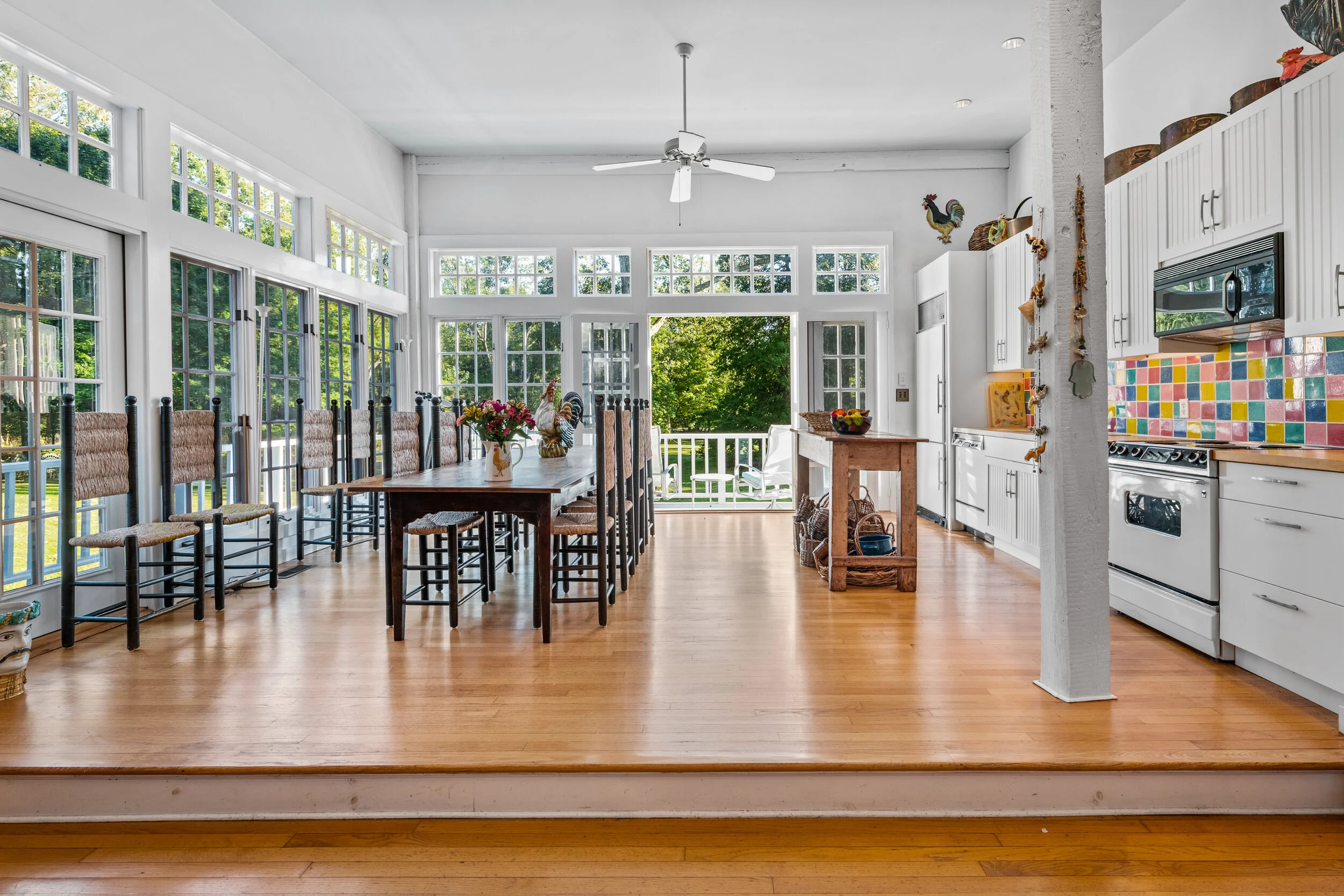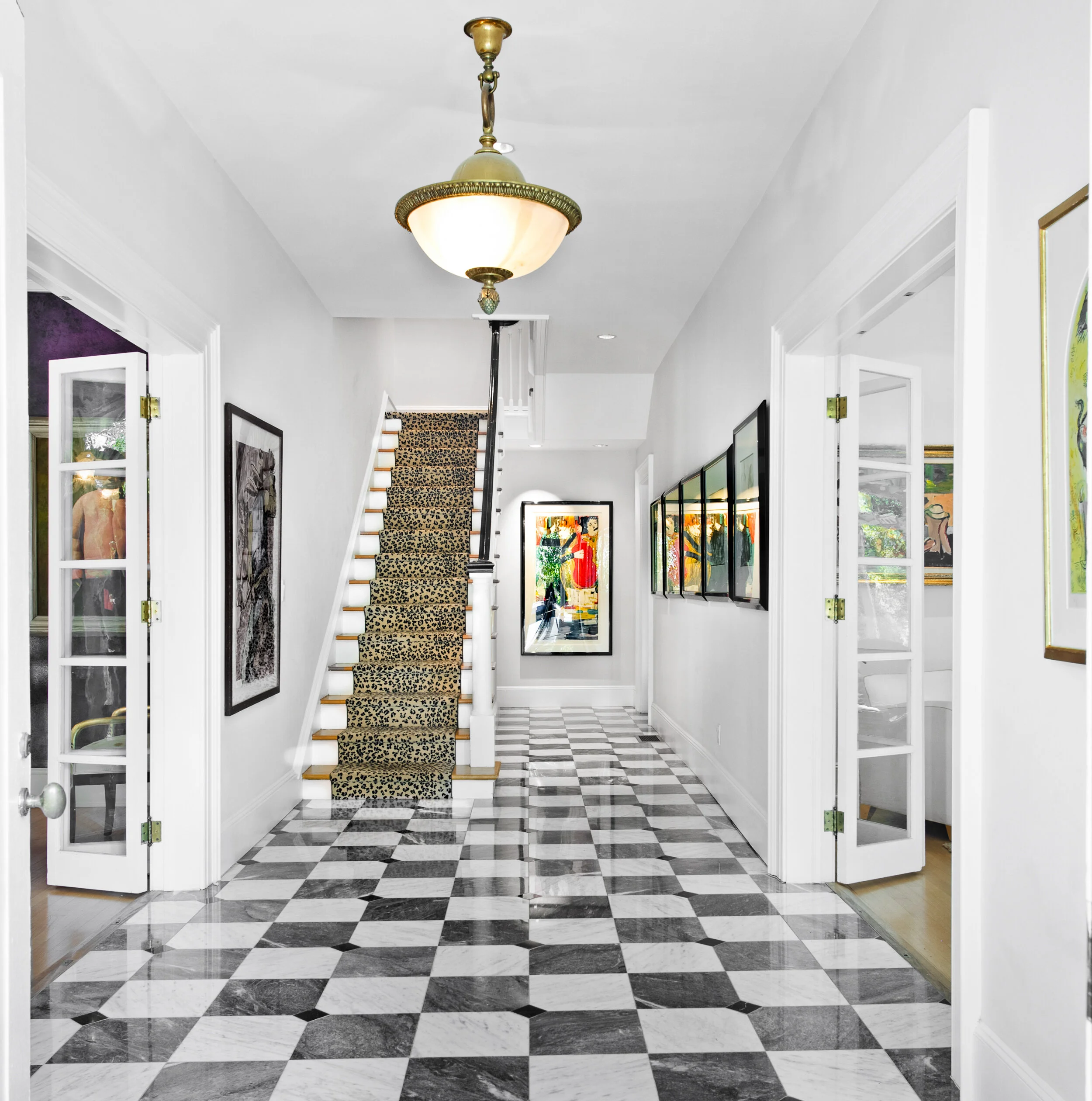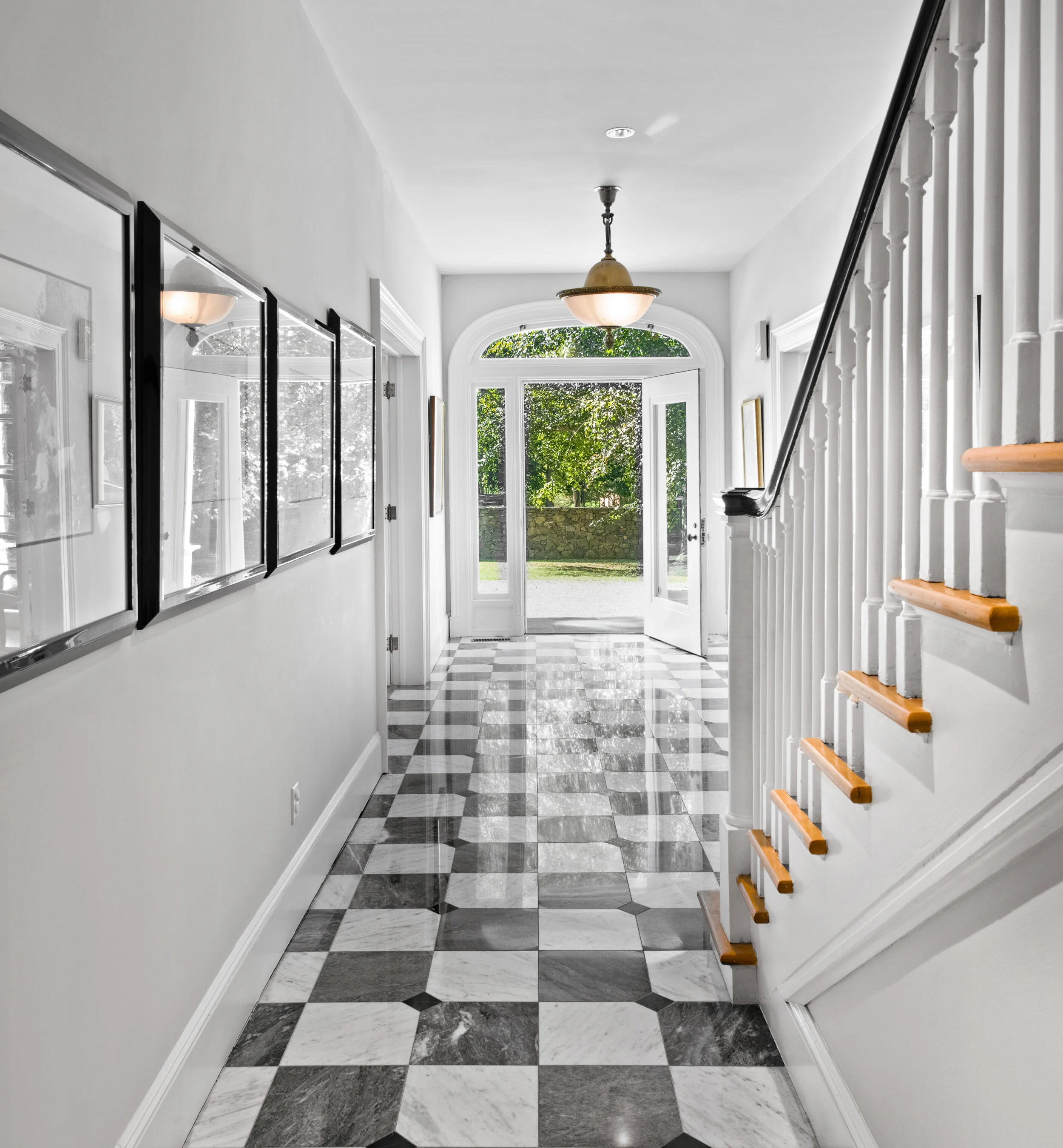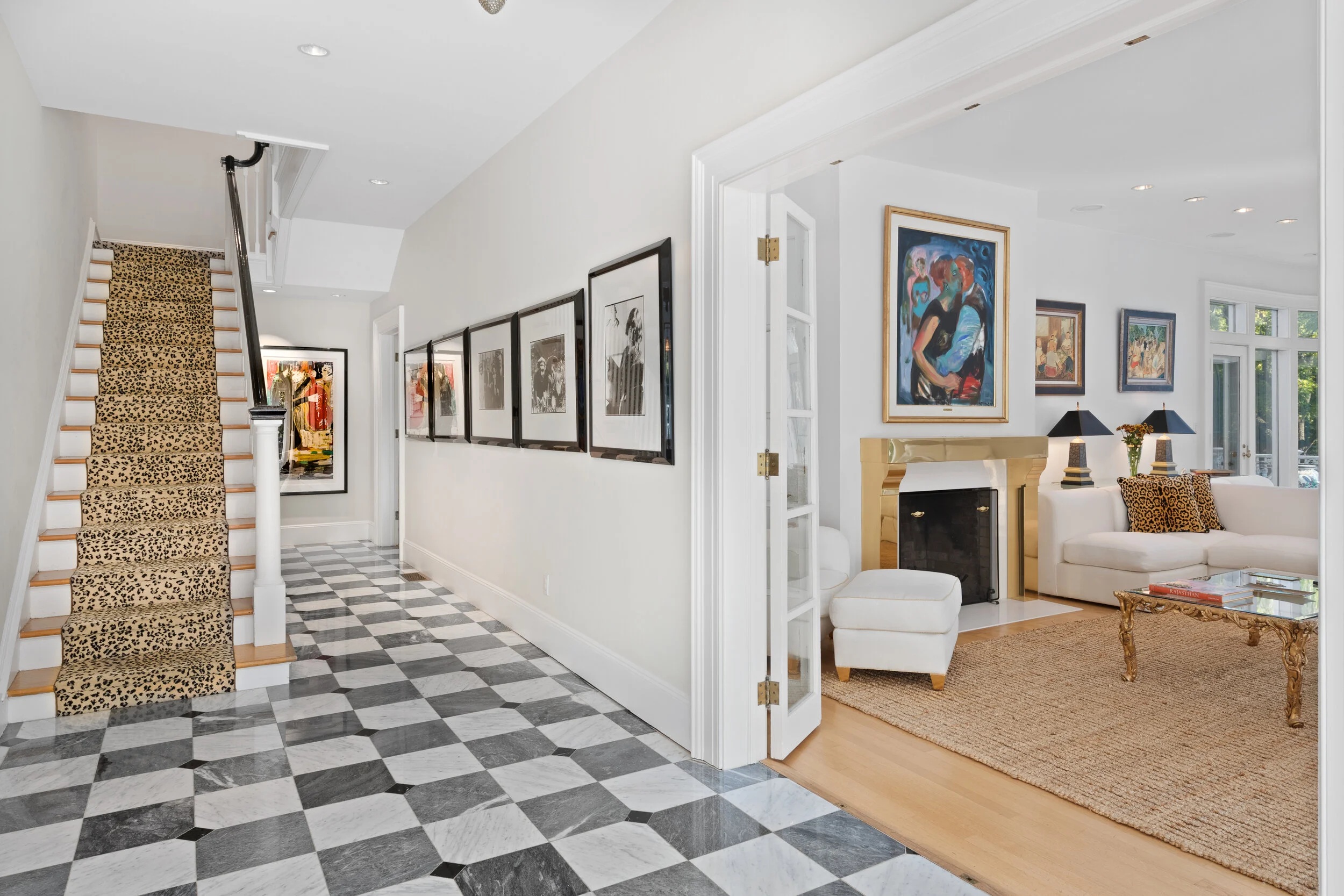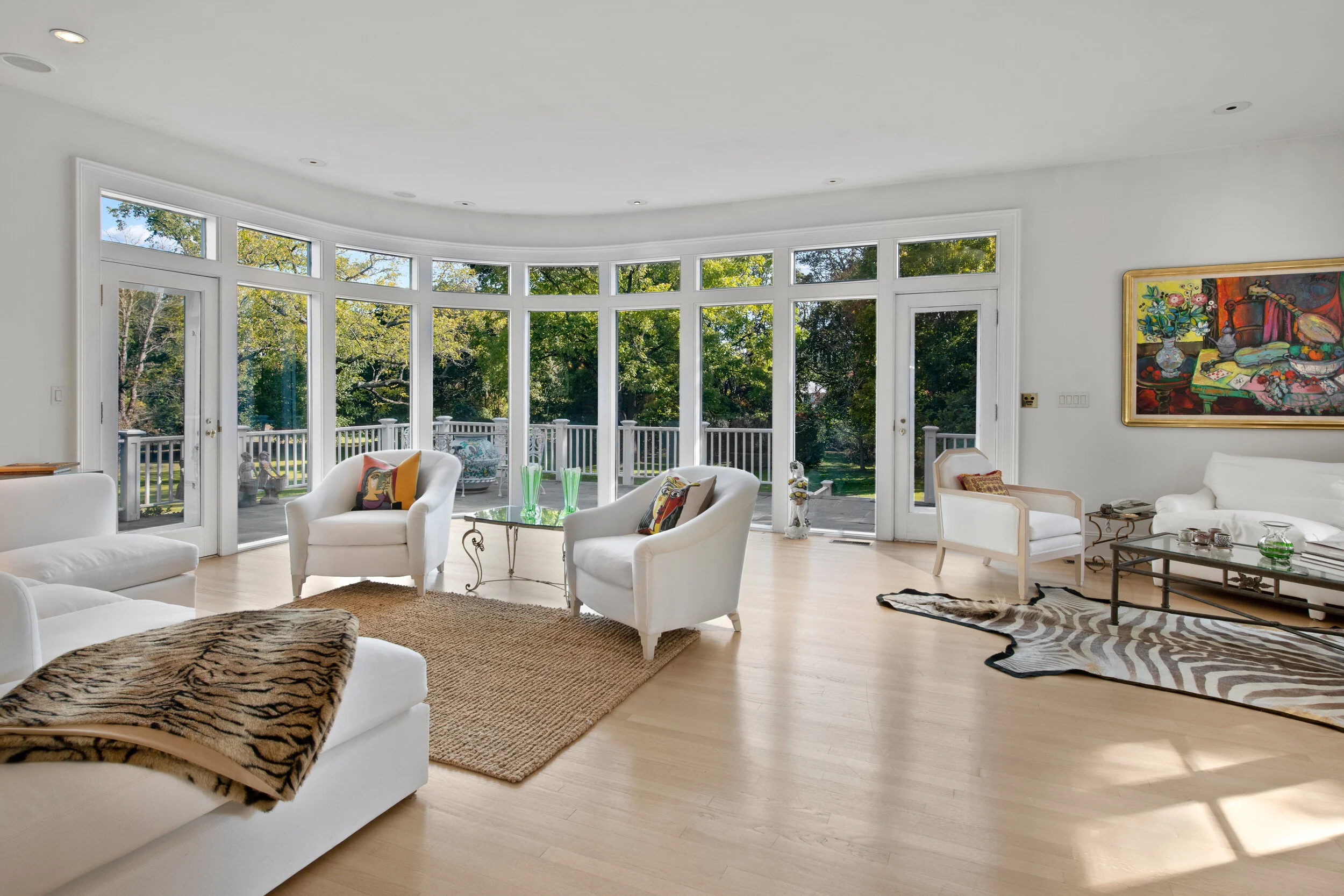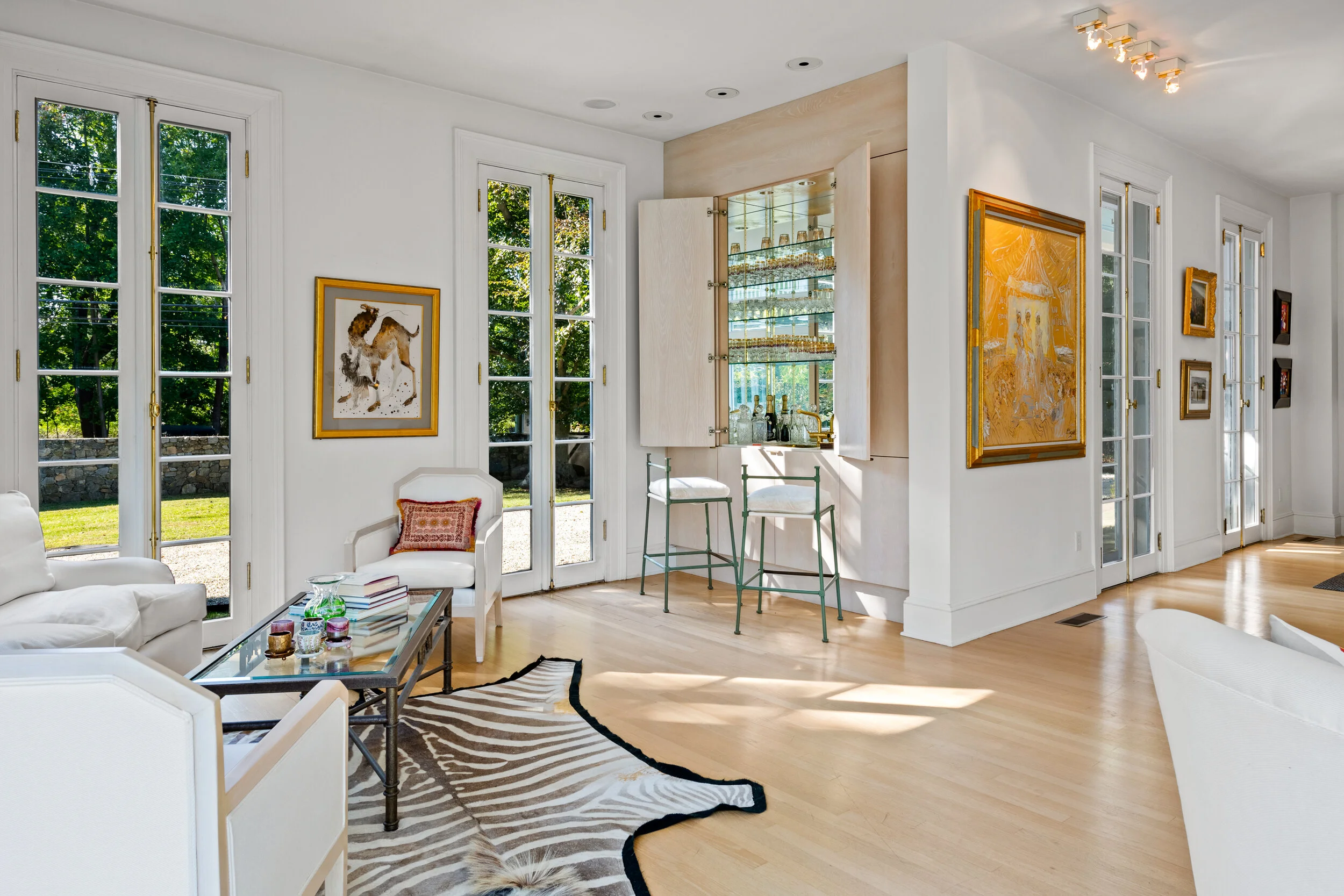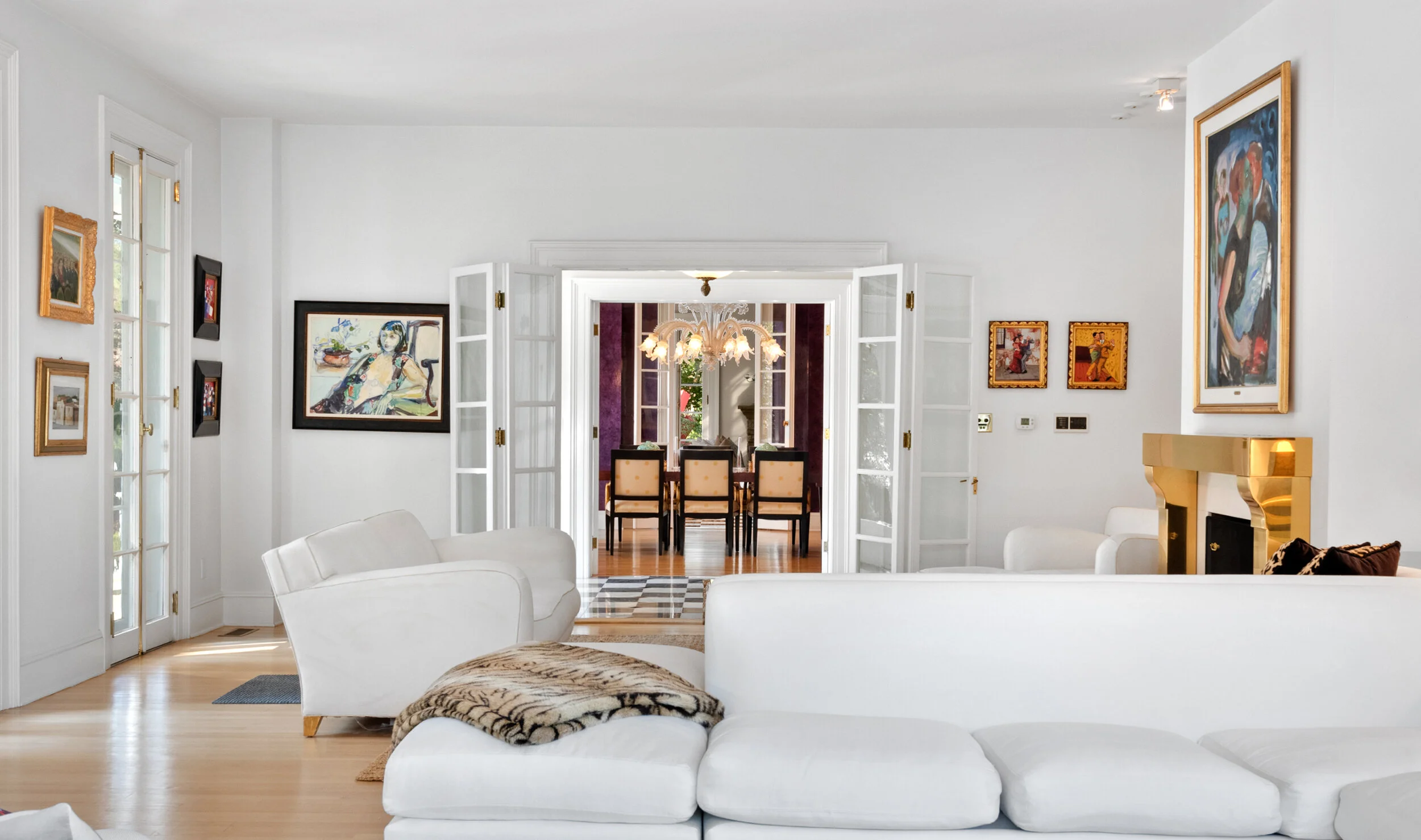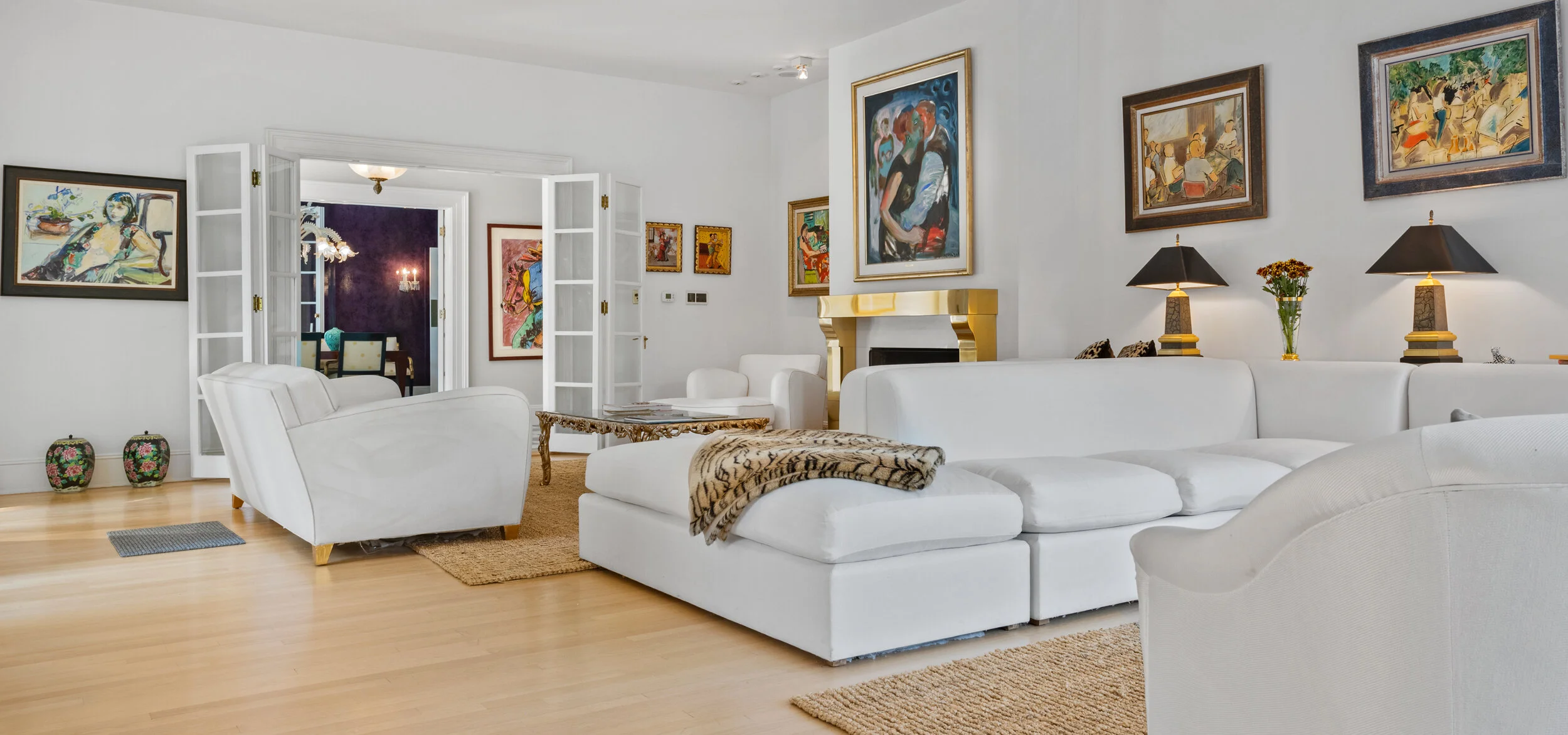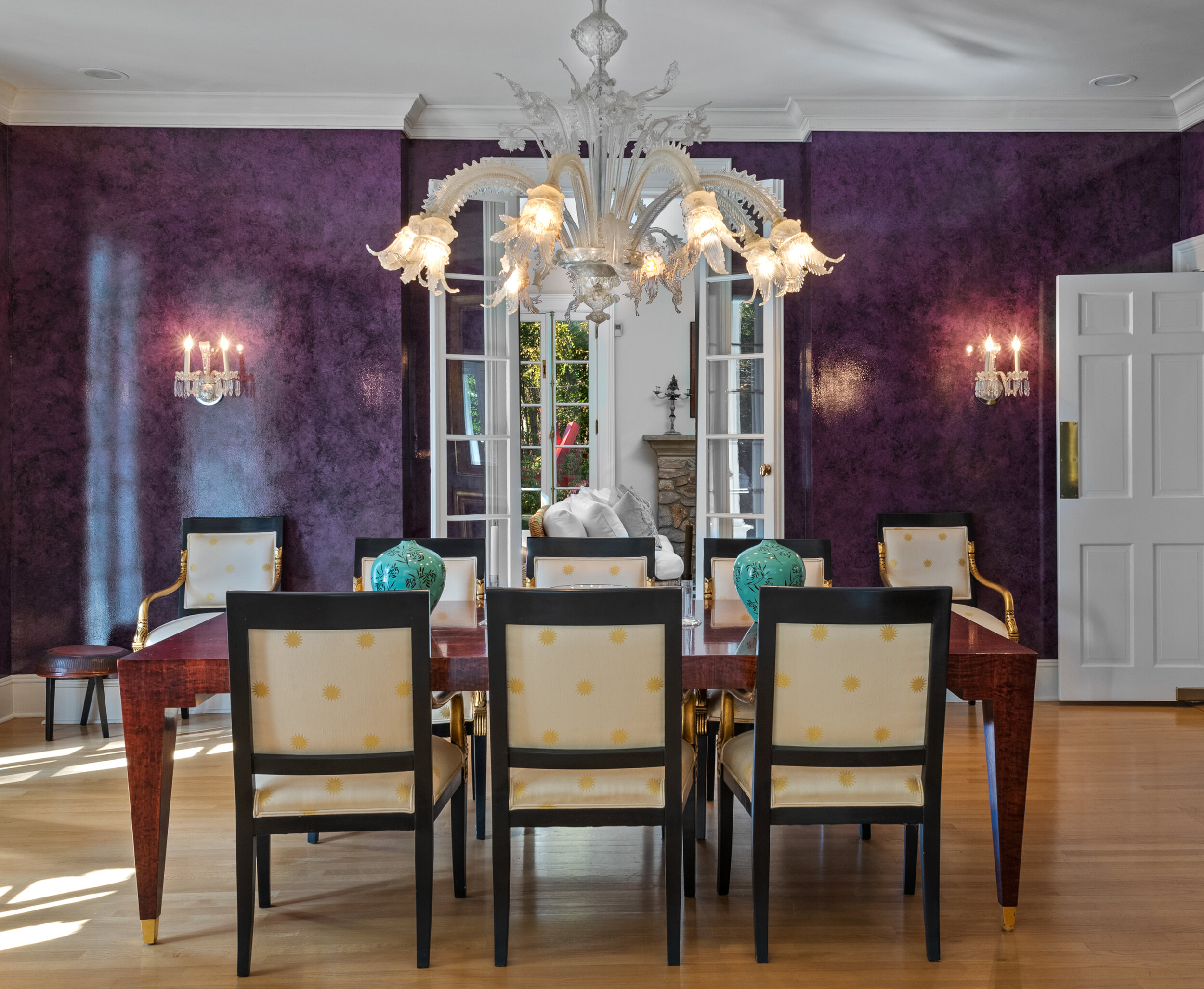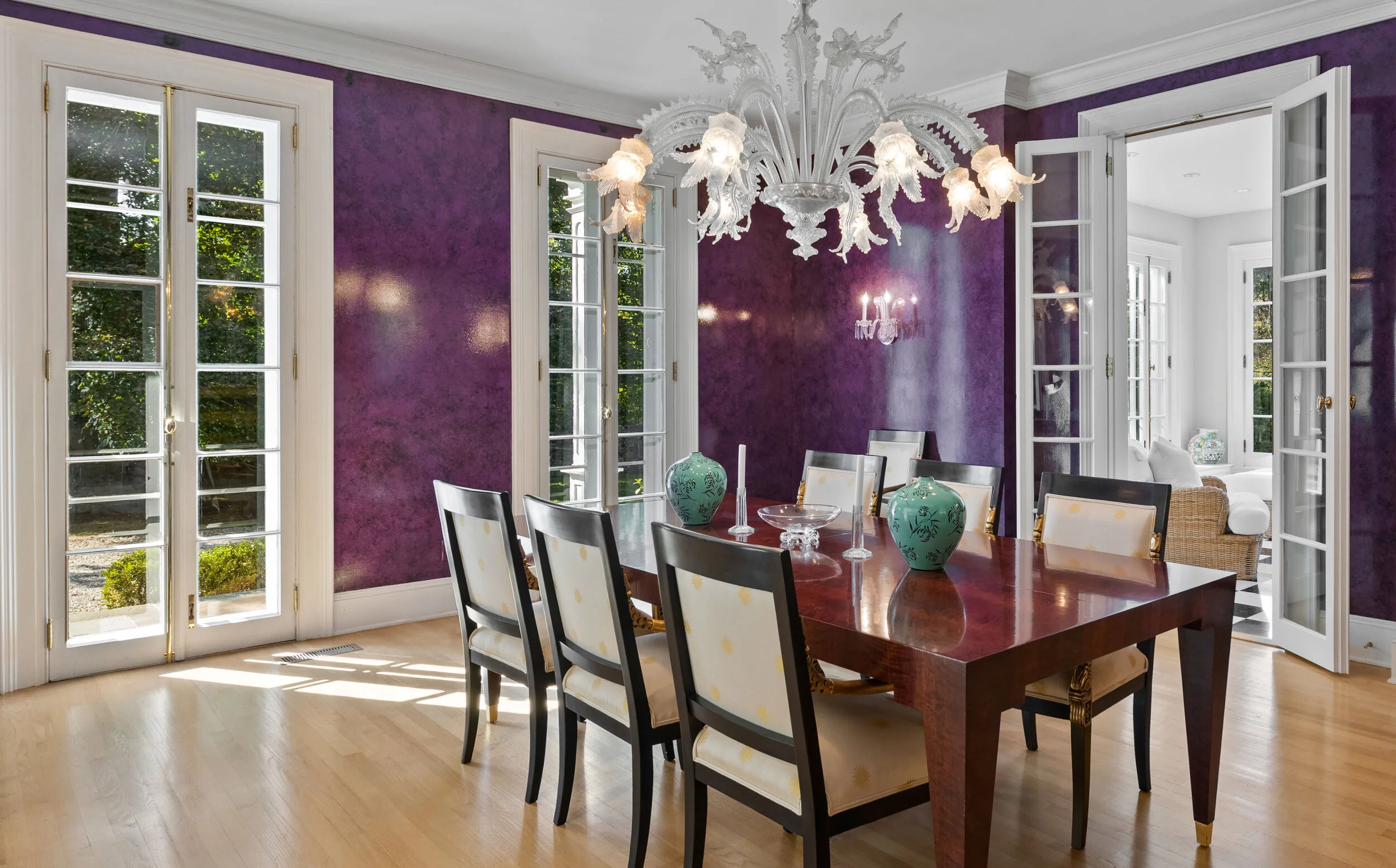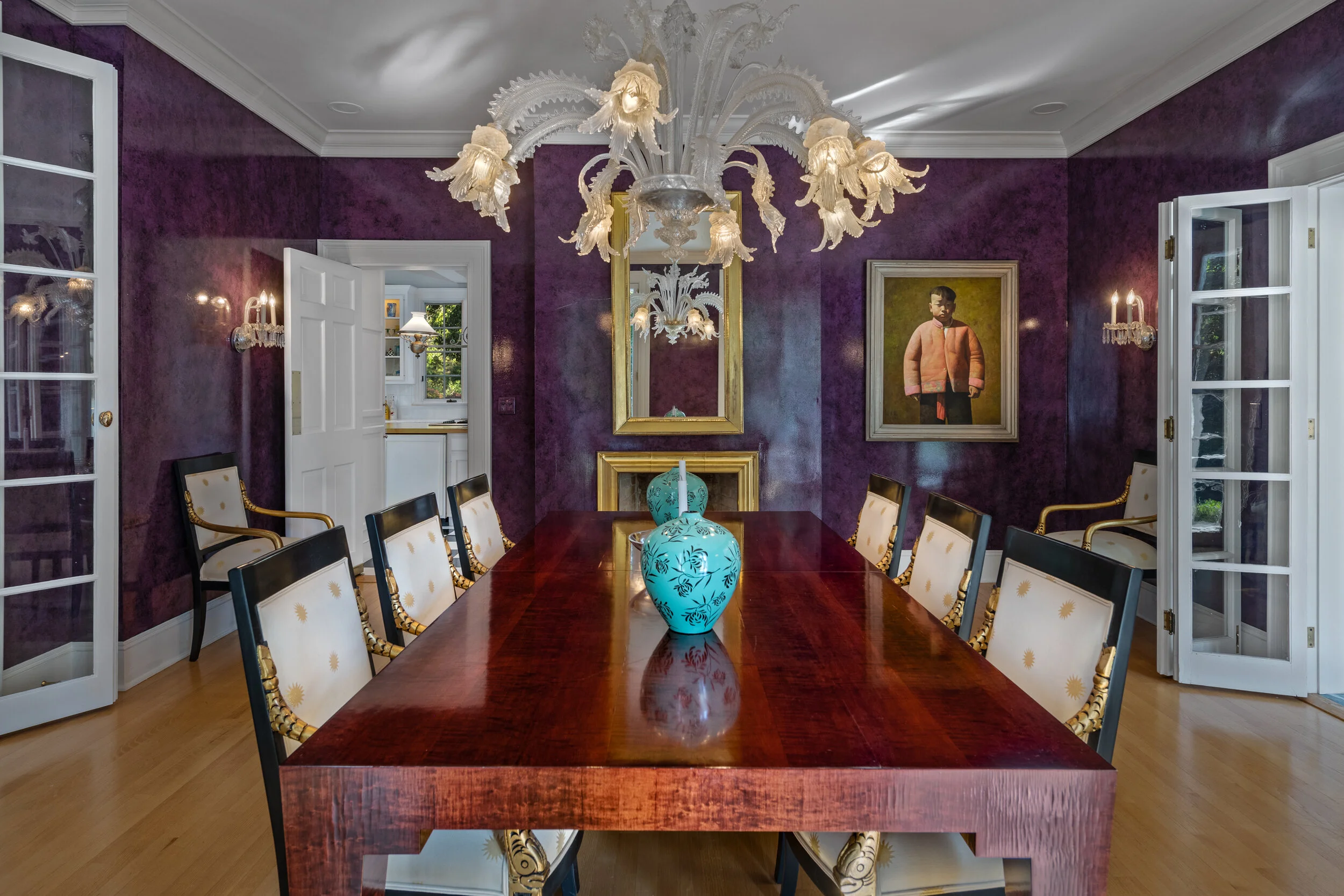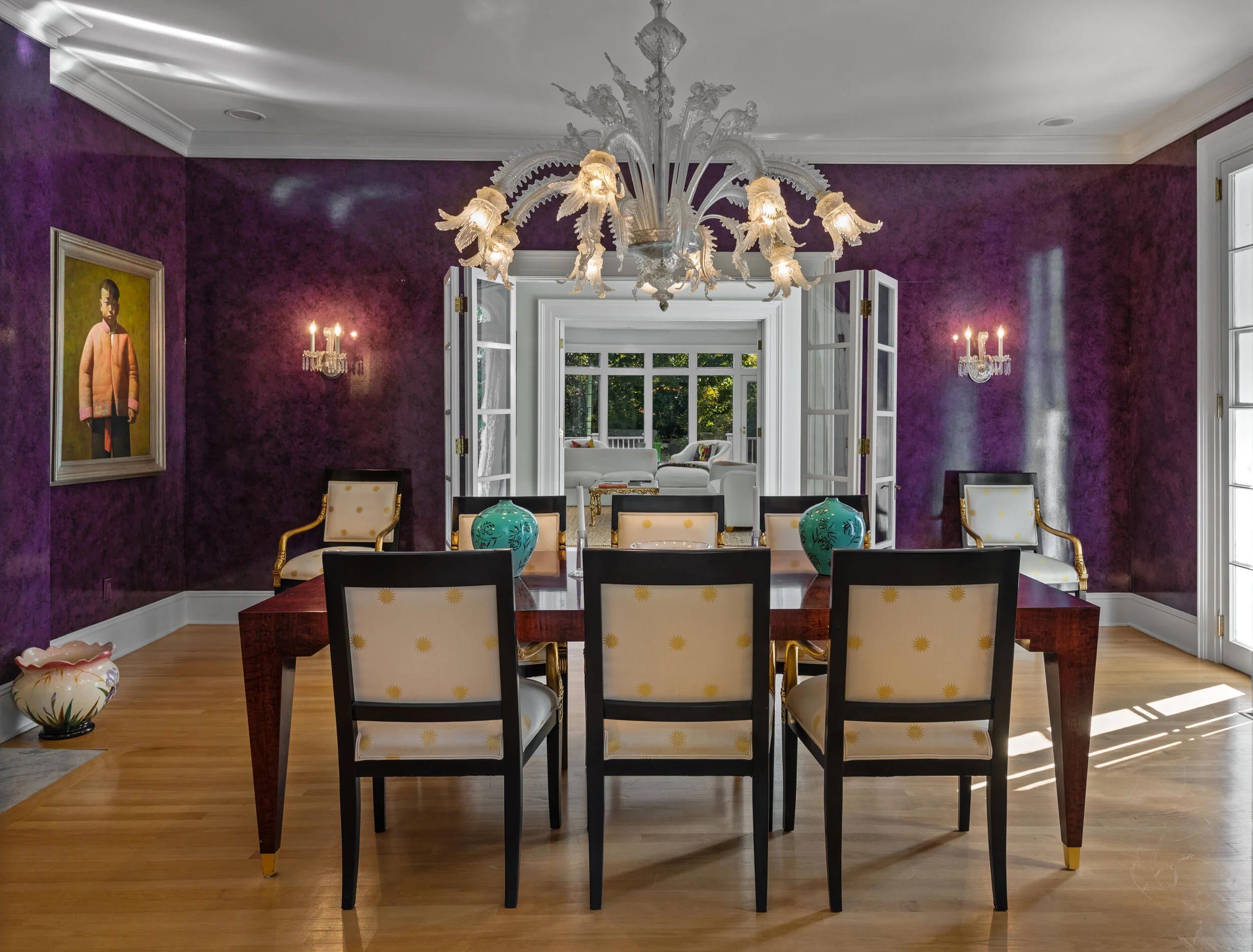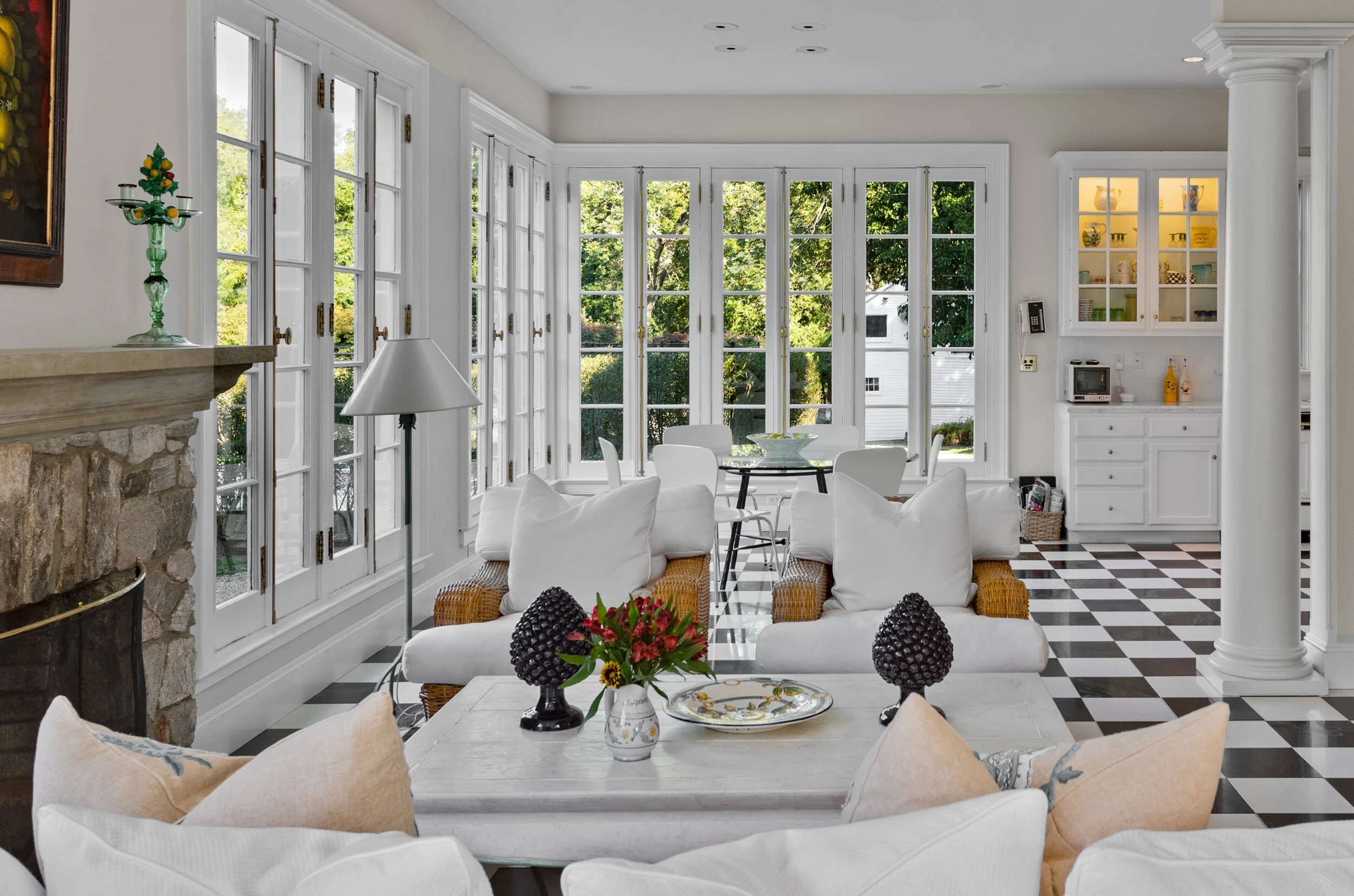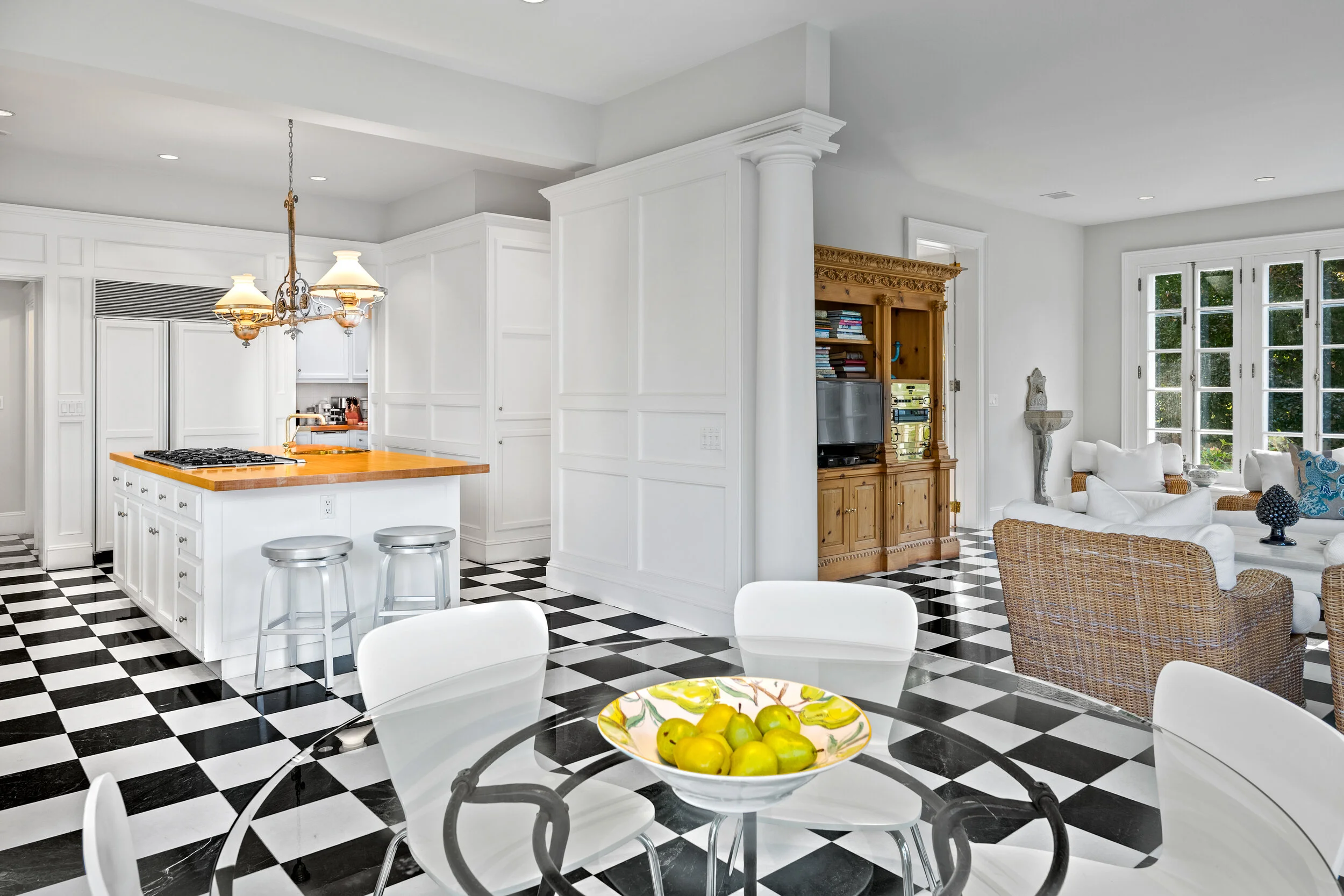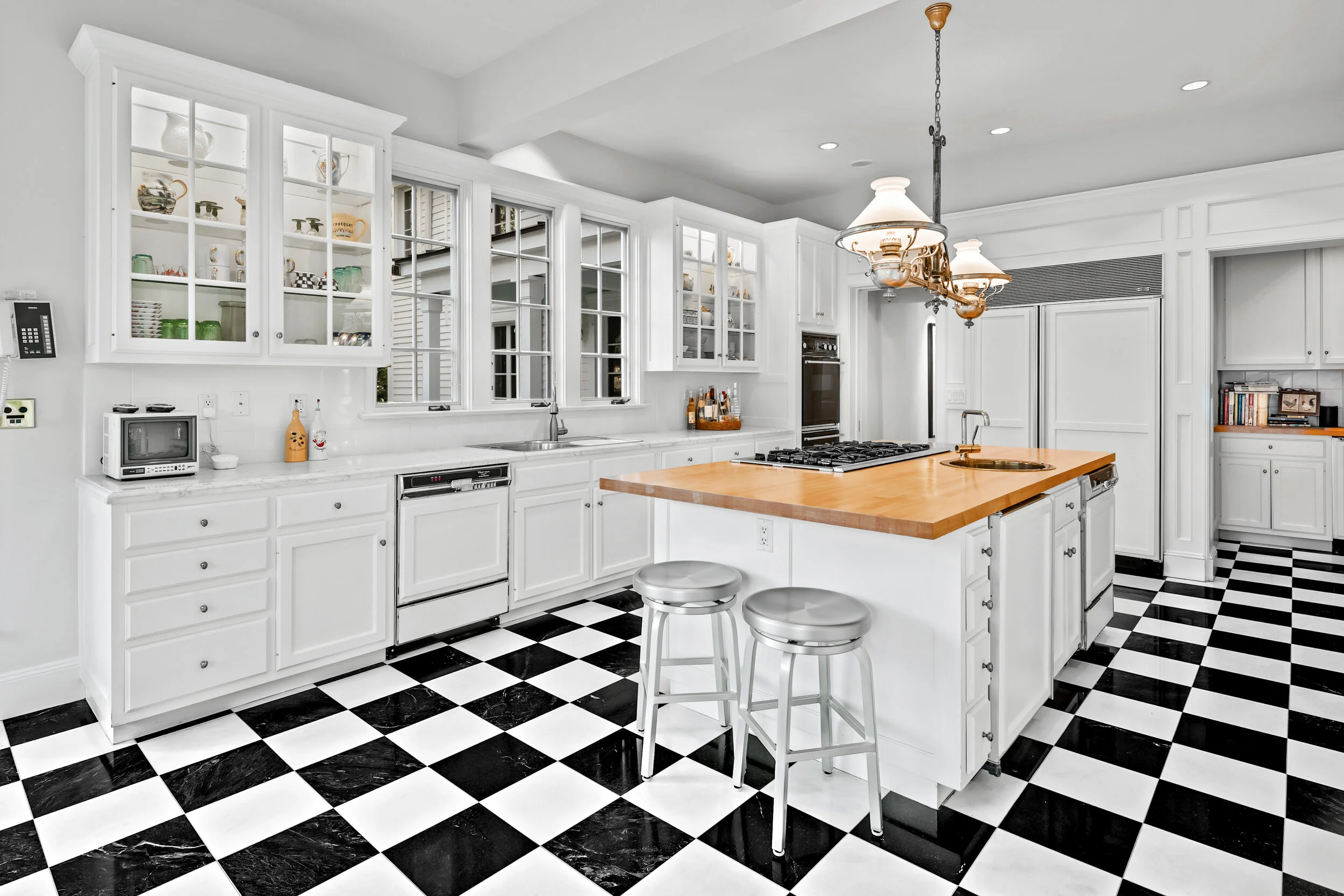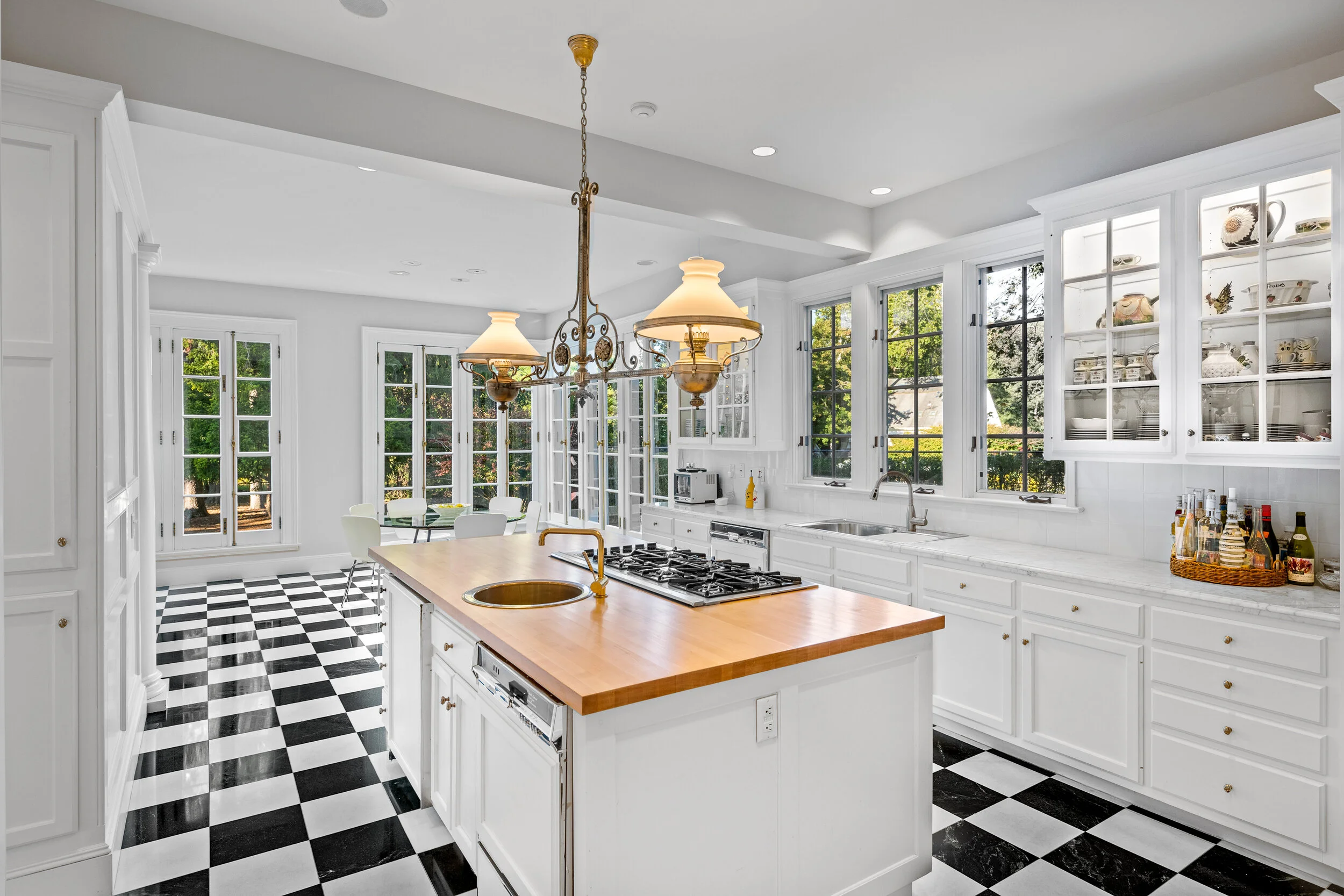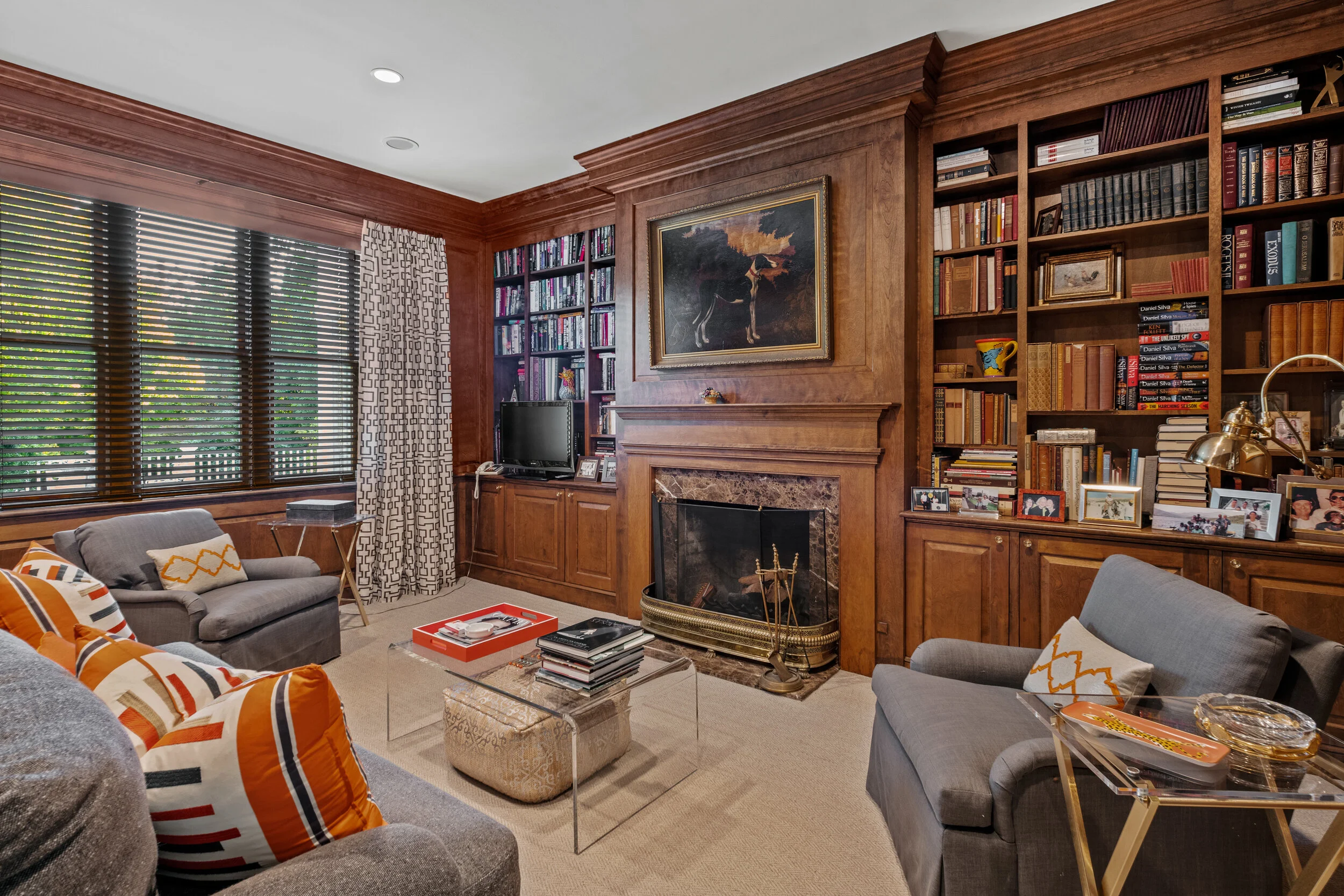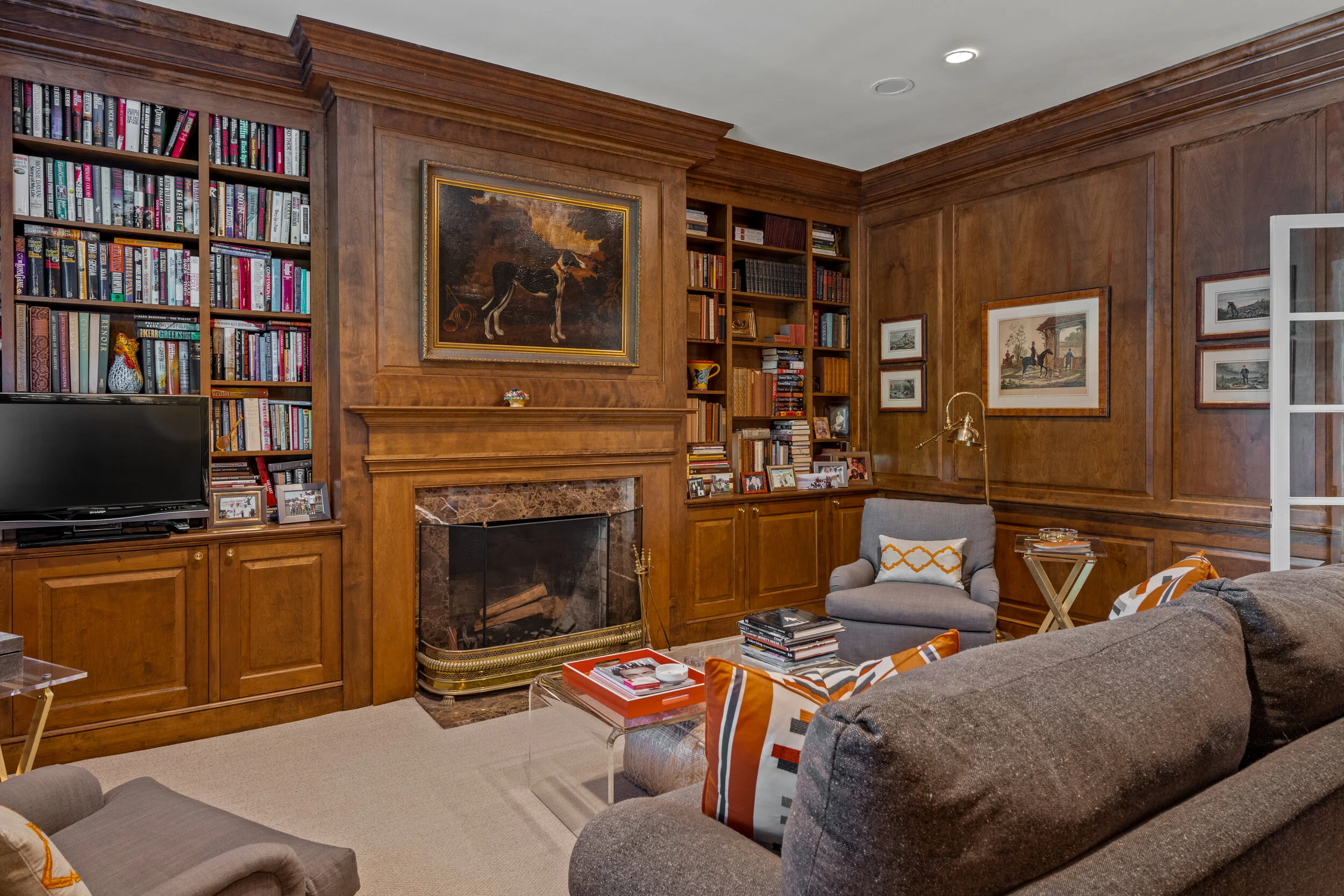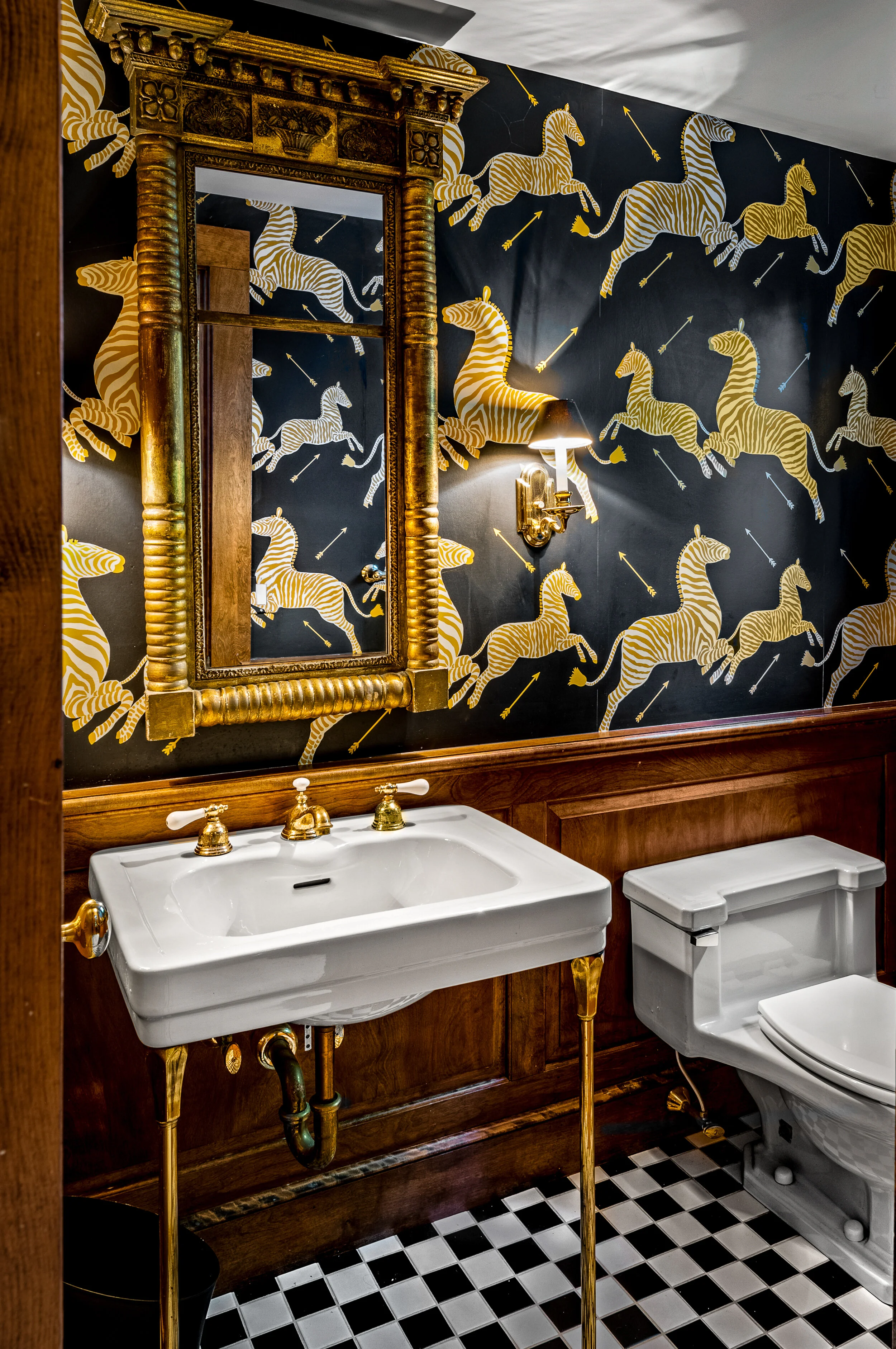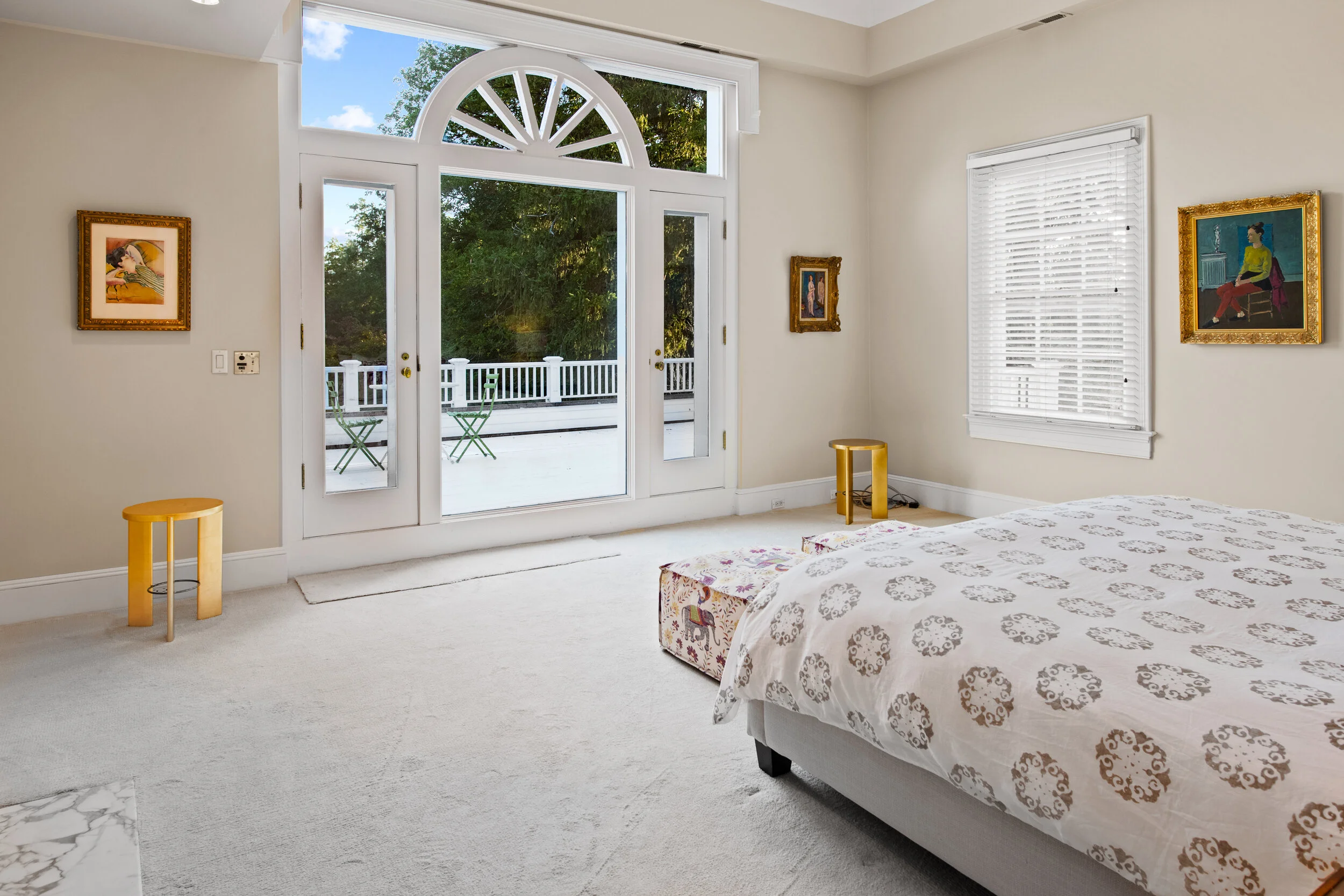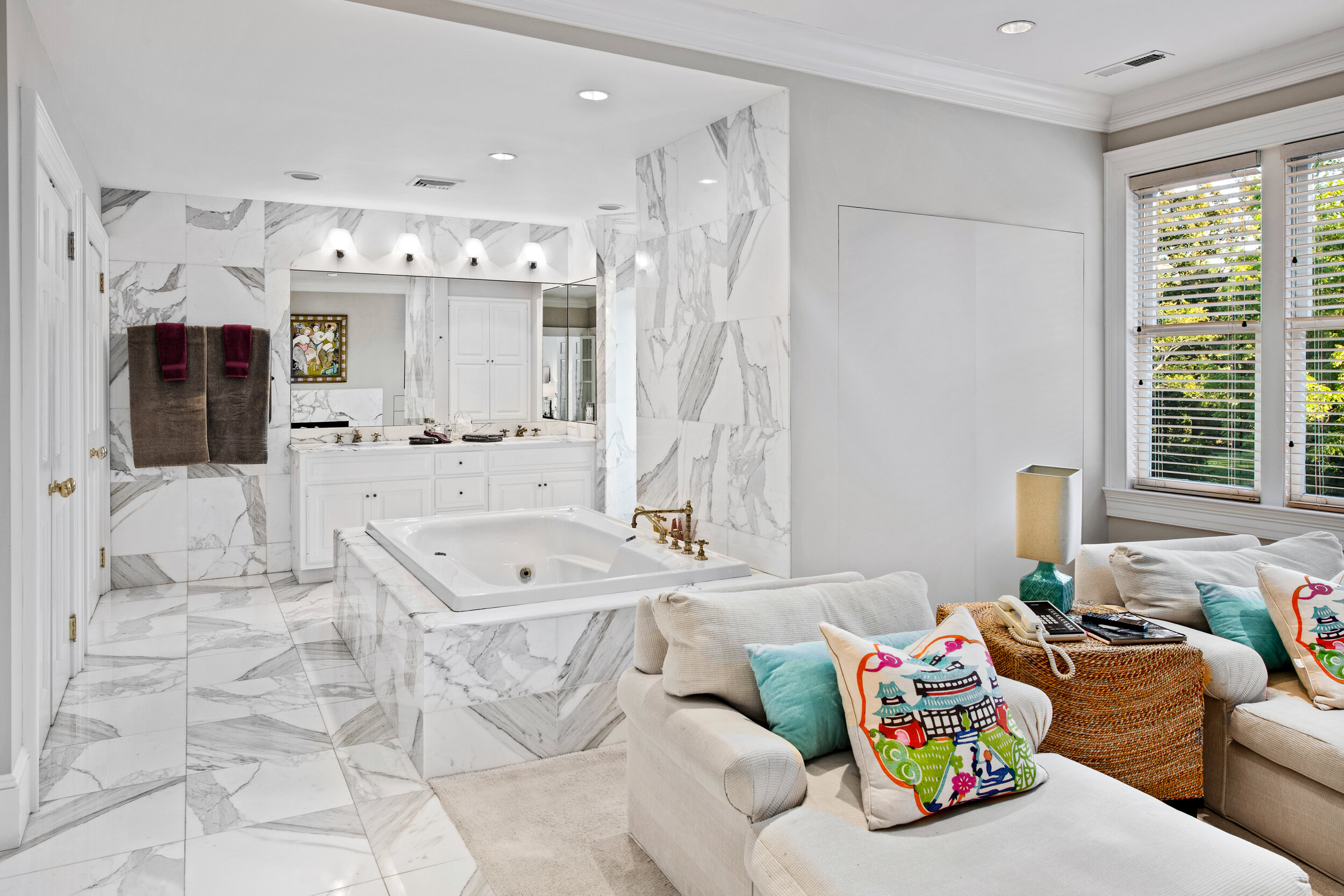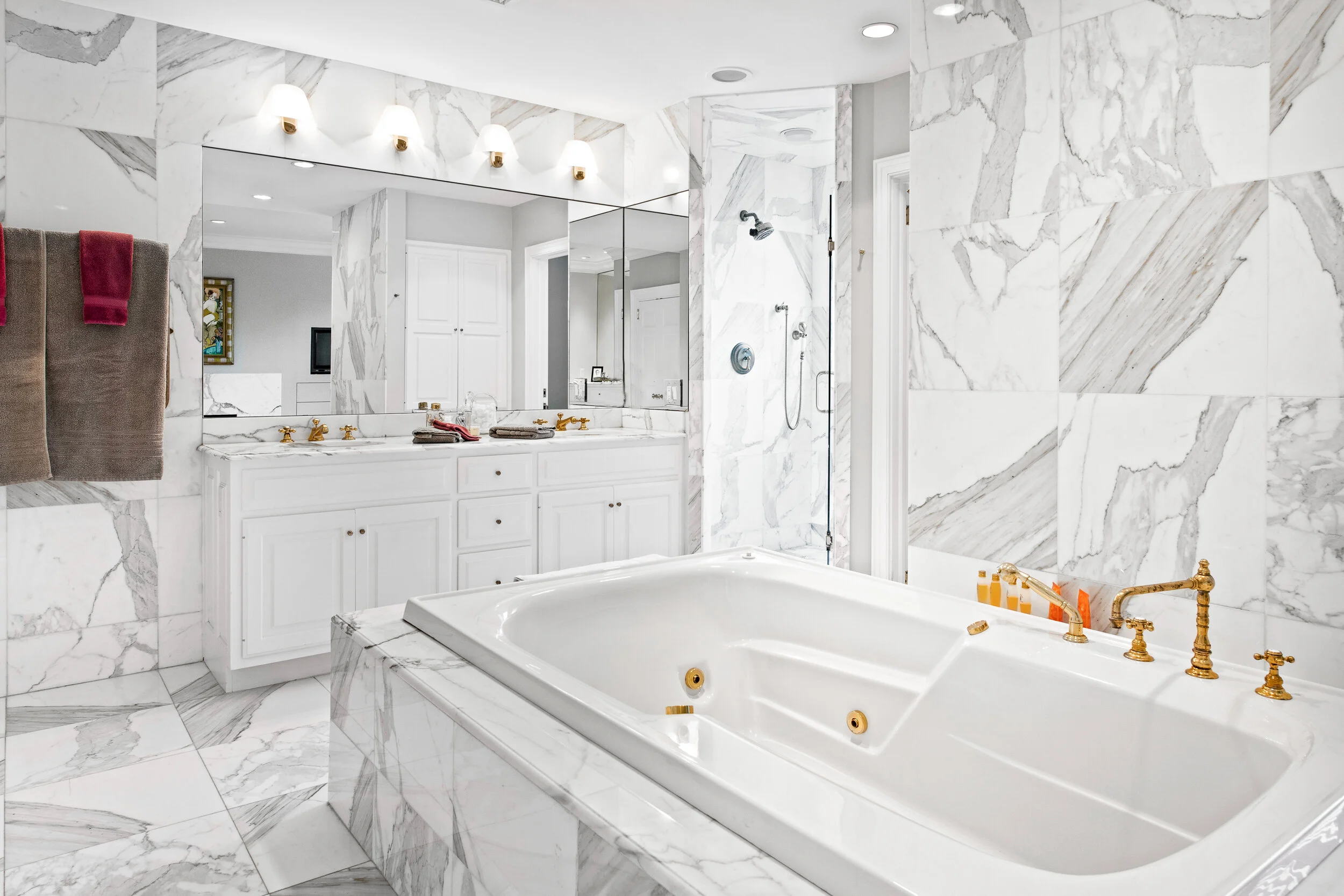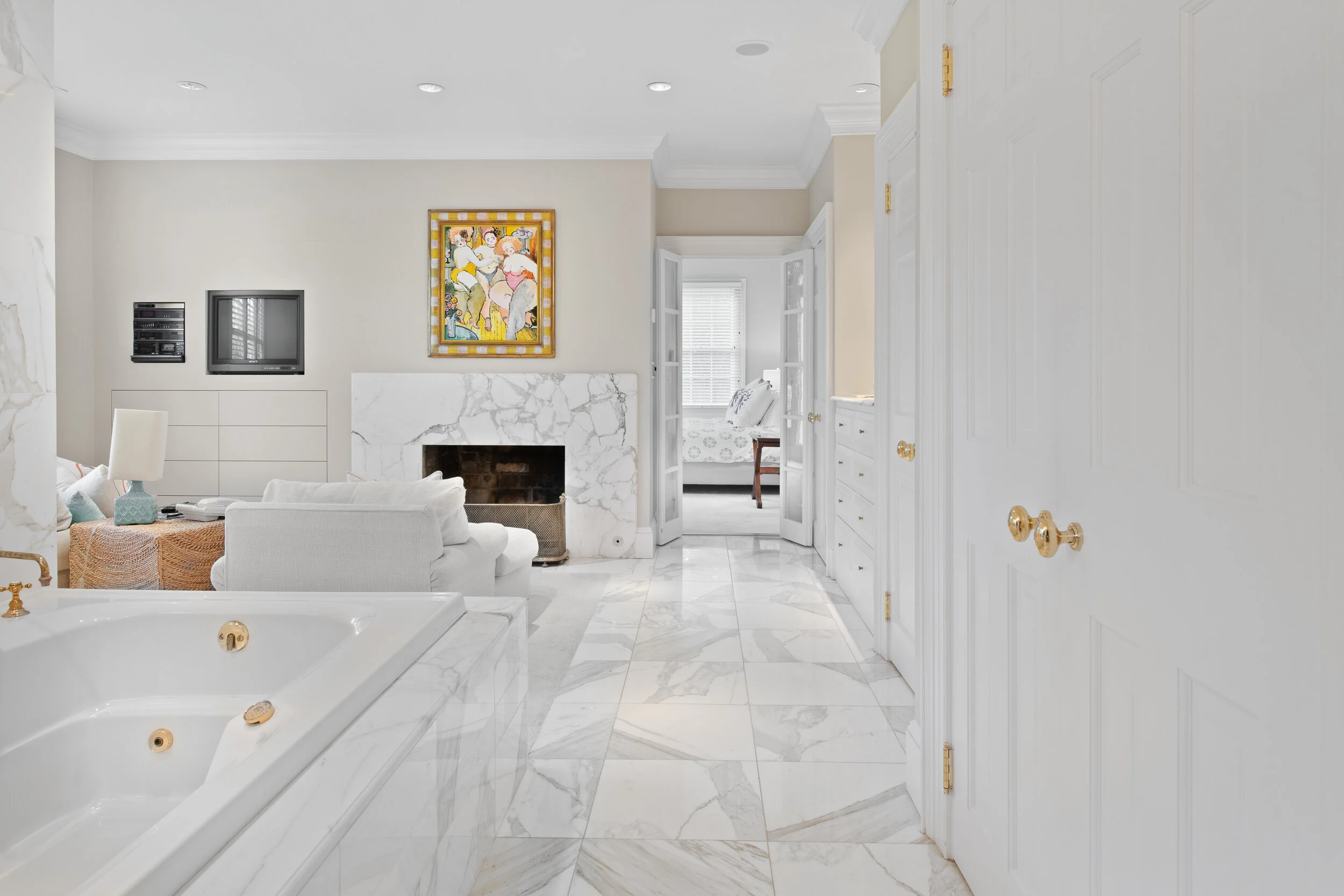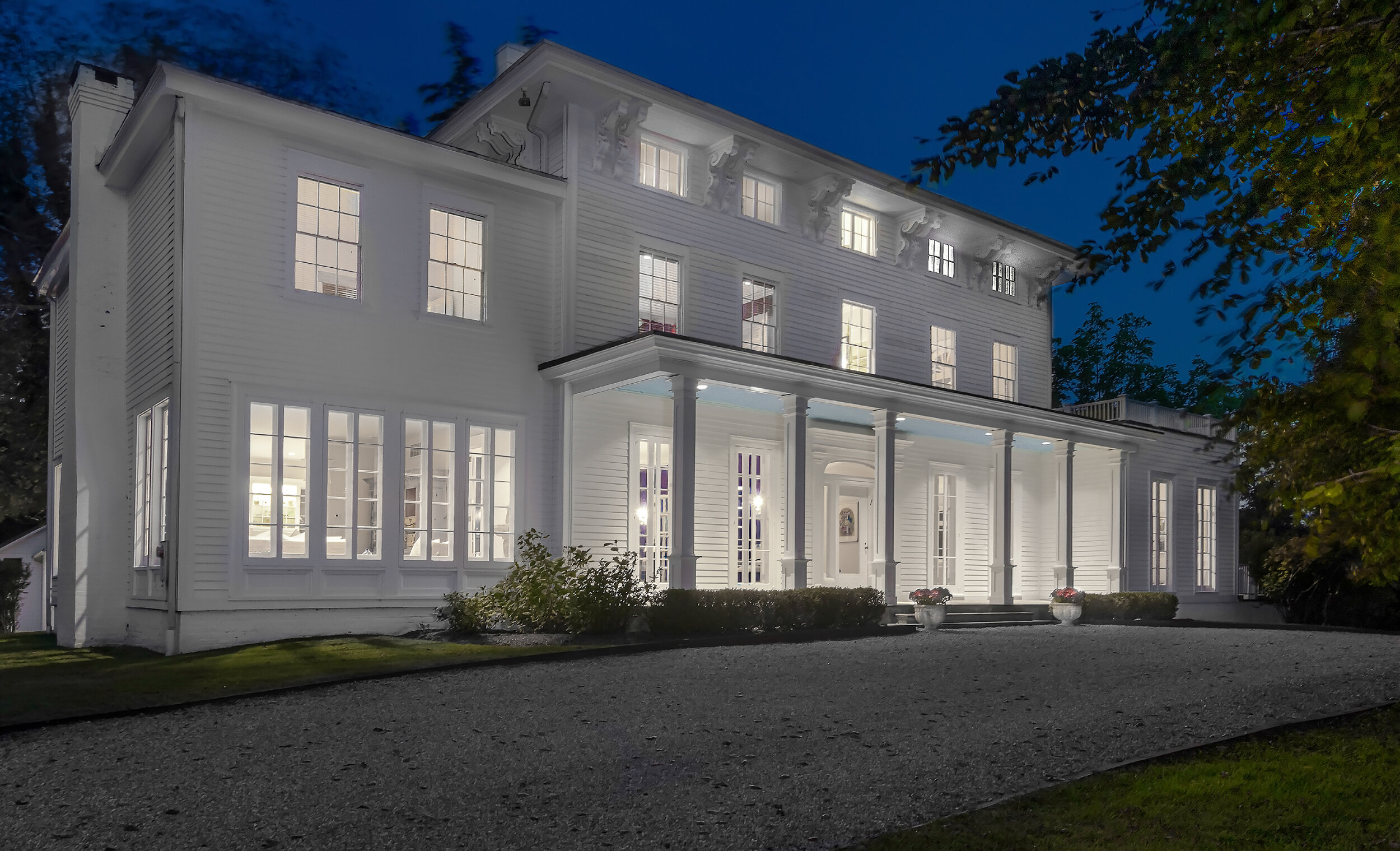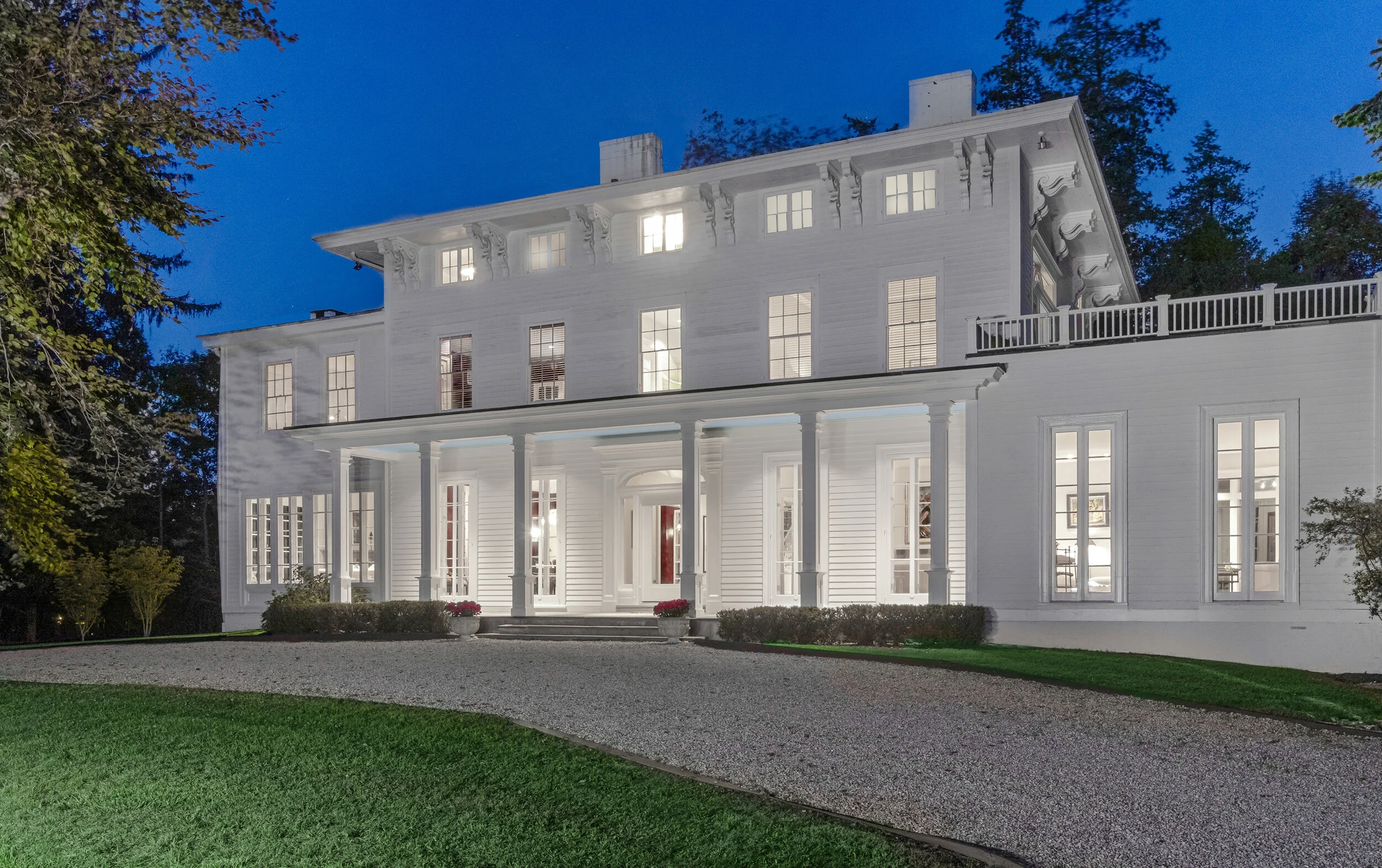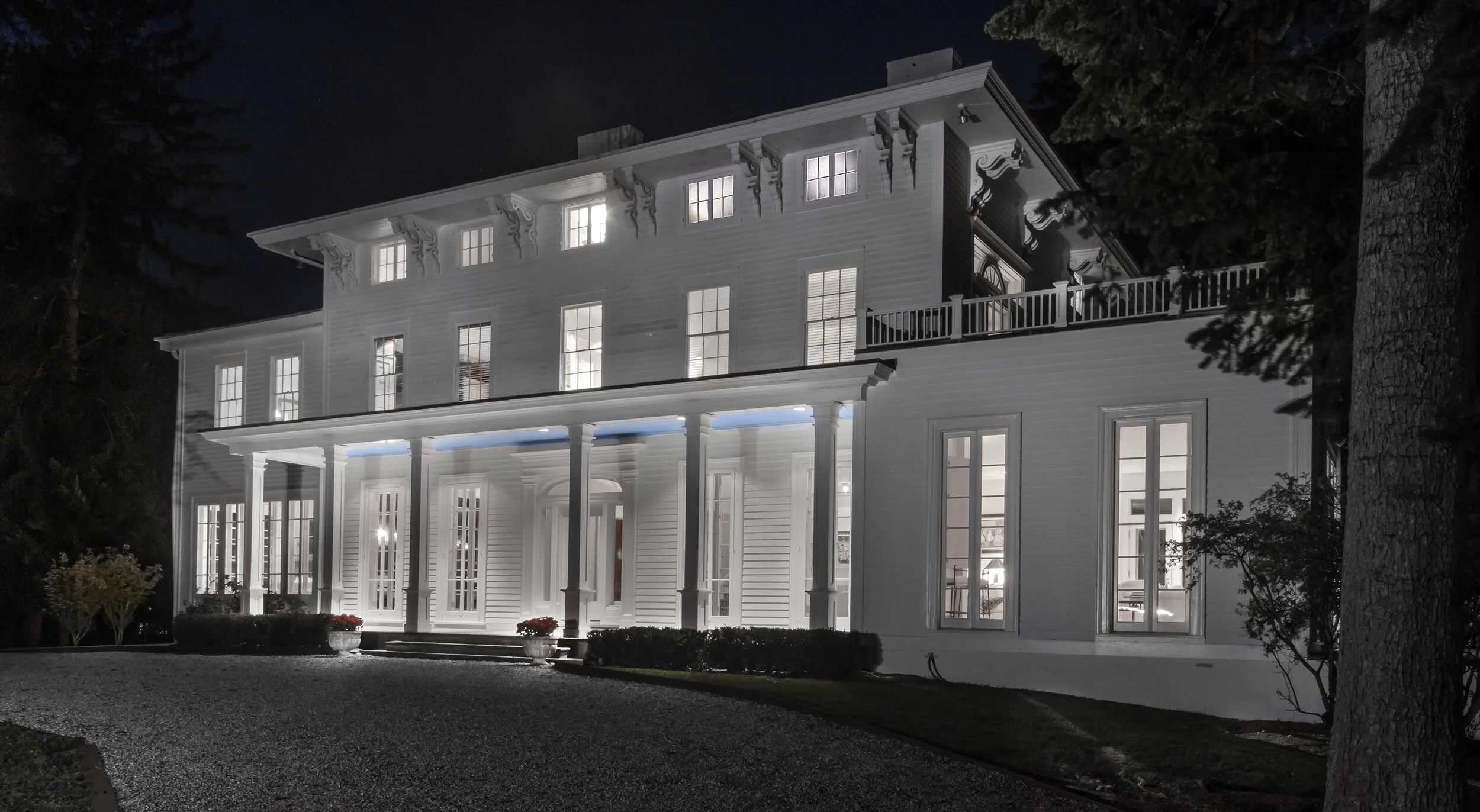The Baroness Hilla Von Rebay Estate Westport Ct
Hilla Von Rebay was born in Alsace in 1890. Her father was a Prussian general. She attended a private school in Paris, then “dove head first into the bohemian lifestyles of Munich, Berlin, and sometimes Paris, before spending time with the Dadaists in Zurich.” She had “numerous affairs,” including one with Hans Arp.
In 1926, she came to the US. She was soon known as “one of the most powerful but also most eccentric women in the art world.”
She met Solomon Guggenheim — who was 30 years older — and one of America’s wealthiest men. She inspired his interest in art, and advised him on what became his noted and extensive collection,
The pair — with Guggenheim’s “querulous looking wife” — traveled throughout Europe. They met “young and wild” people like Marc Chagall, Paul Klee and Piet Mondrian, and bought hundreds of pieces of art.
Guggenheim and von Rebay rented an apartment at New York’s Plaza Hotel, and put on art exhibits there. They formed the Solomon R. Guggenheim Foundation in 1939, and planned a new building on Central Park.
The baroness was influential in selecting Frank Lloyd Wright (who called her a “superwoman”) to design what became the Guggenheim Museum. It took nearly 2 decades to complete, due to problems with finding a proper site, revisions of plans, and material and labor shortages during and after World War II.
During the process, von Rebay had a falling-out with the Guggenheim family. “My aunt was a difficult person who liked writing nasty letters,” said her nephew Roland von Rebay. Three years after Guggenheim died in 1949, the family ousted her from the museum’s board of directors.
She was not invited to the opening of the new Upper East Side building in 1959. In fact, she never set foot in it.
That chill thawed in the 2000s. A Guggenheim exhibit showcased “this extremely independent woman.” A book and documentary honored her life and work.
So what’s the Westport connection?
Baroness von Rebay owned an estate at 83 Morningside Drive South, called Franton Court. She bought it in 1937 and retreated there after battling the Guggenheim family, finding solace in her lawns and gardens. Every year, tulips were shipped from the Netherlands
Former Westporter Vivianne Pommier remembers her well. The house was filled with “millions and millions of dollars of art.”
“We would be invited over for lunch or dinner,” Pommier recalls. “She would pull Klees and Kandinskys from behind the toilets. Amazing paintings were crammed into every place possible — on walls, and behind things.”
The Westport Historical Society featured her in a 2005 exhibit. It included her paintings and pochoirs, and works of artists she promoted like Vasily Kandinsky, Rudolph Bauer and Alexander Calder.
Von Rebay died in 1967. She left much of her personal collection to the Guggenheim.
Two acres of her estate — including her home and outbuildings — were sold. Four other acres became building lots.
But 8 1/2 acres of Franton Court are now part of the Aspetuck Land Trust. Those gardens, specimen trees, wooded wetlands and trails are preserved as a nature and wildlife sanctuary — and are open to the public.
You won’t see any art there. But you will feel connected to one more rich — if long-forgotten — piece of royal Westport history.
